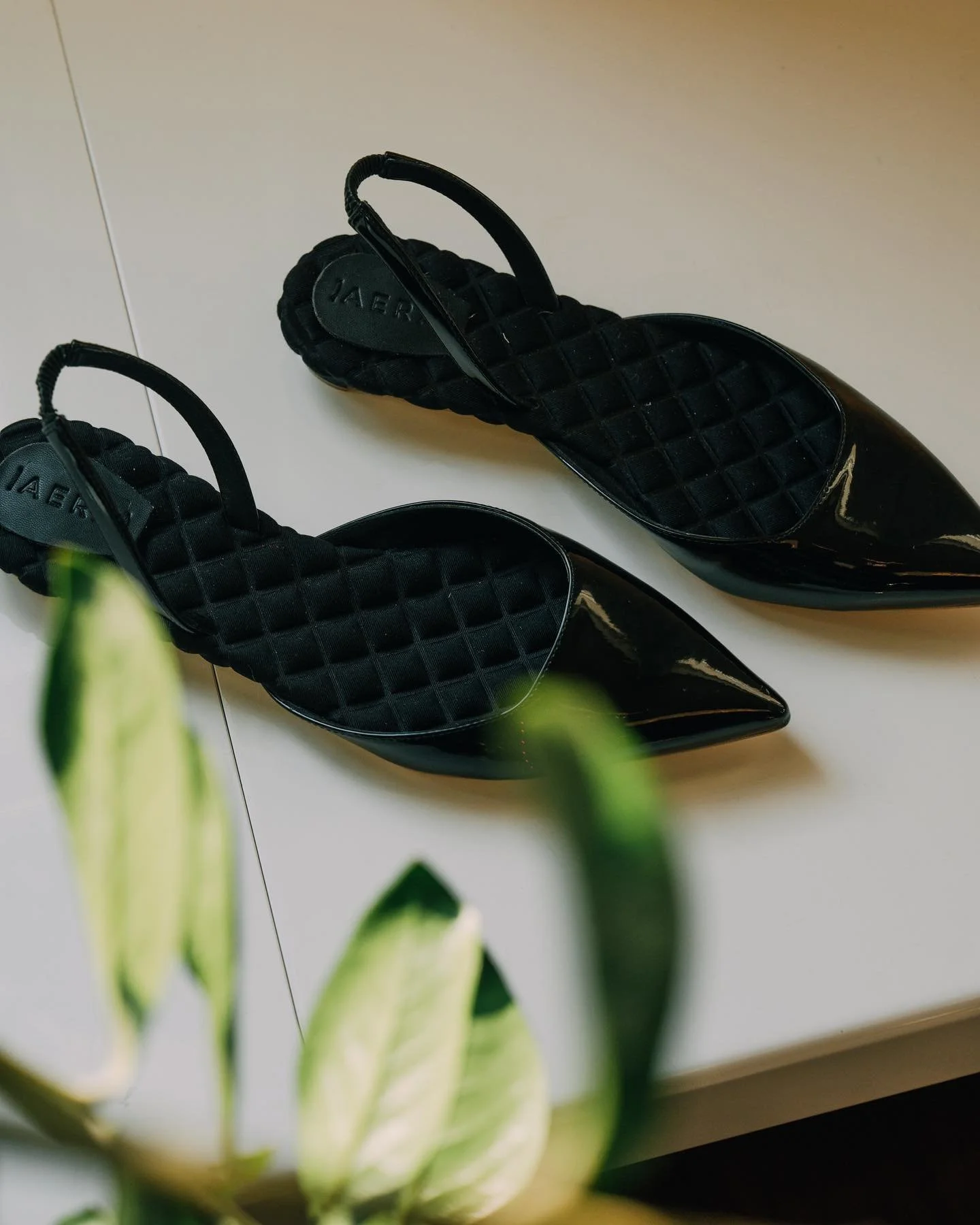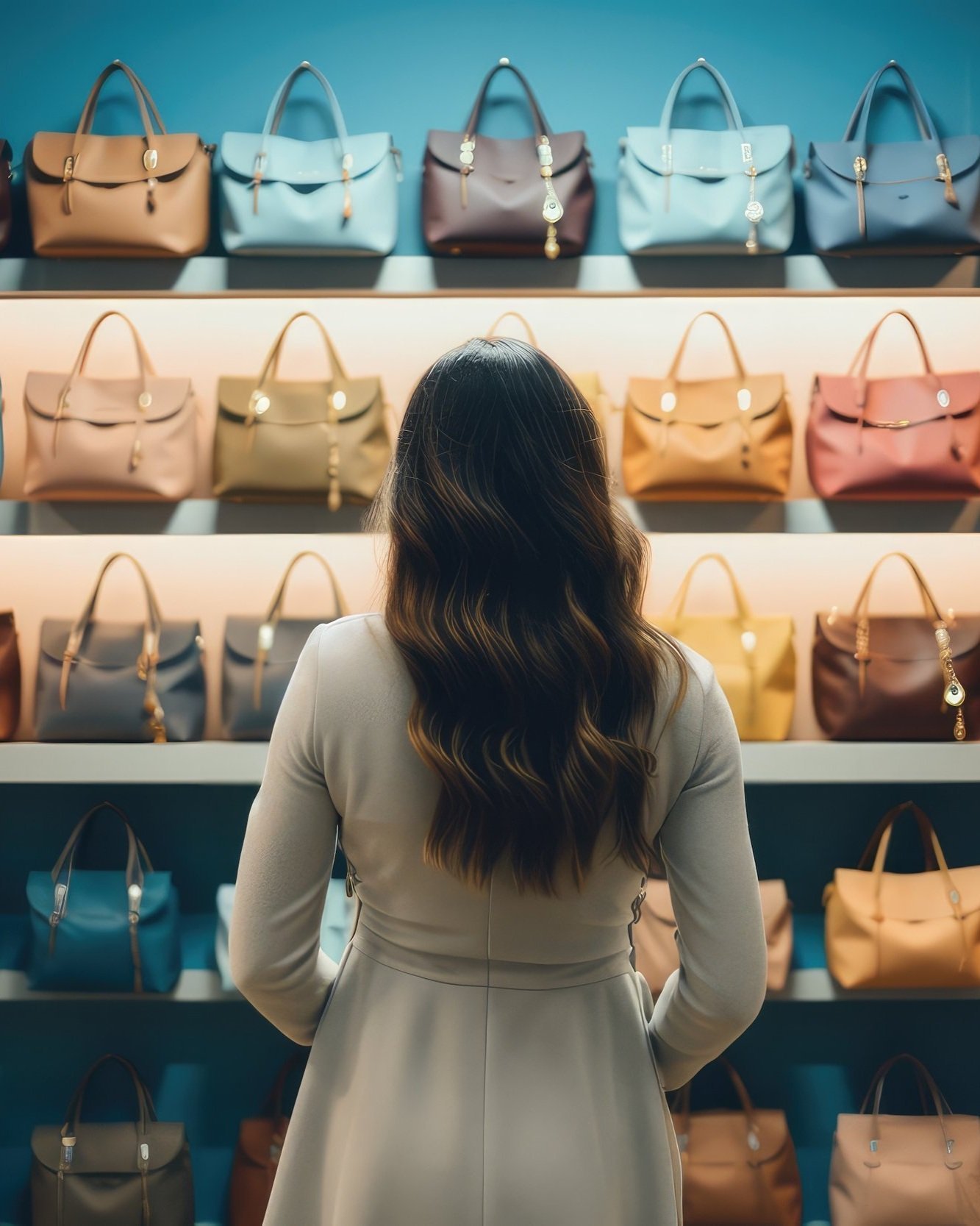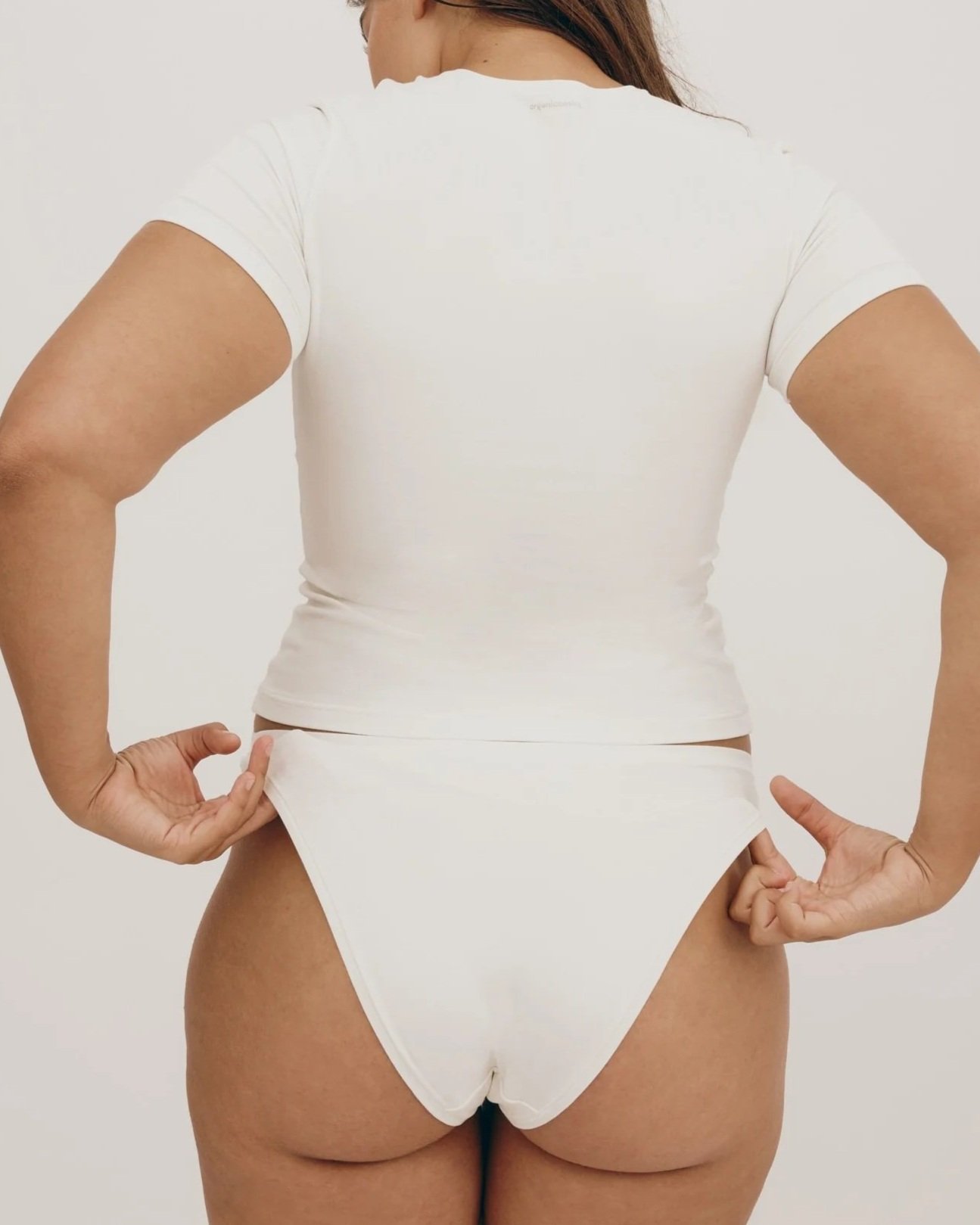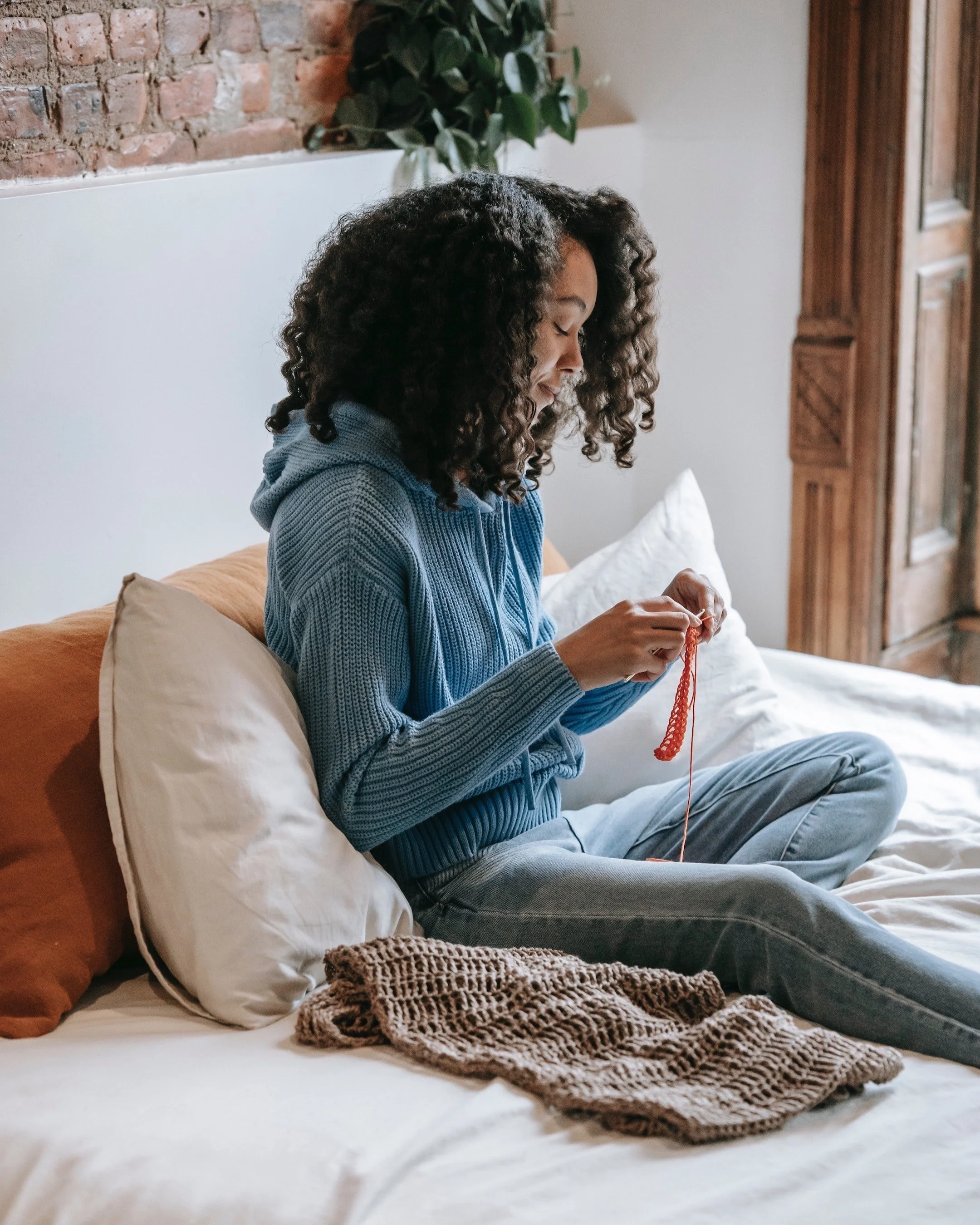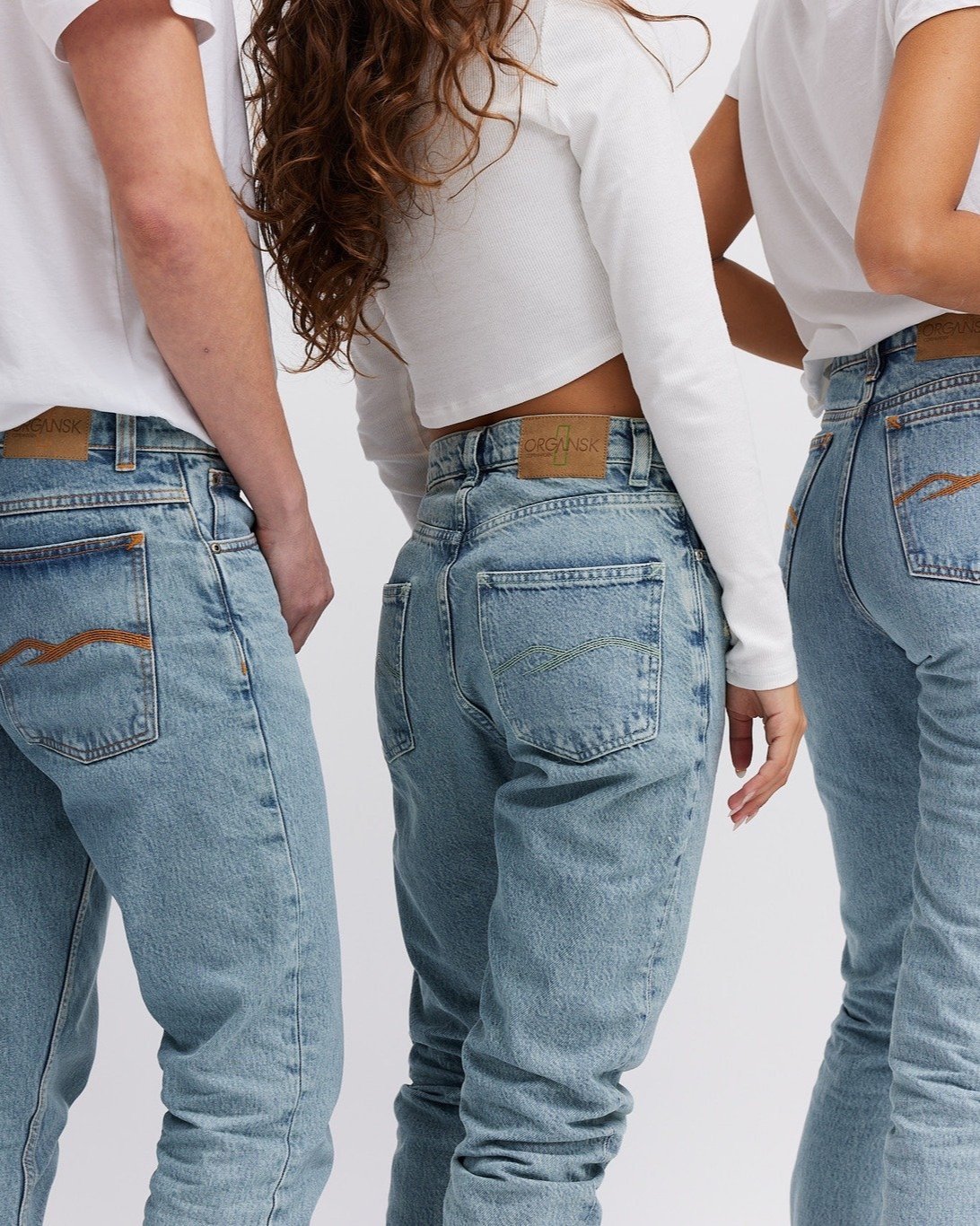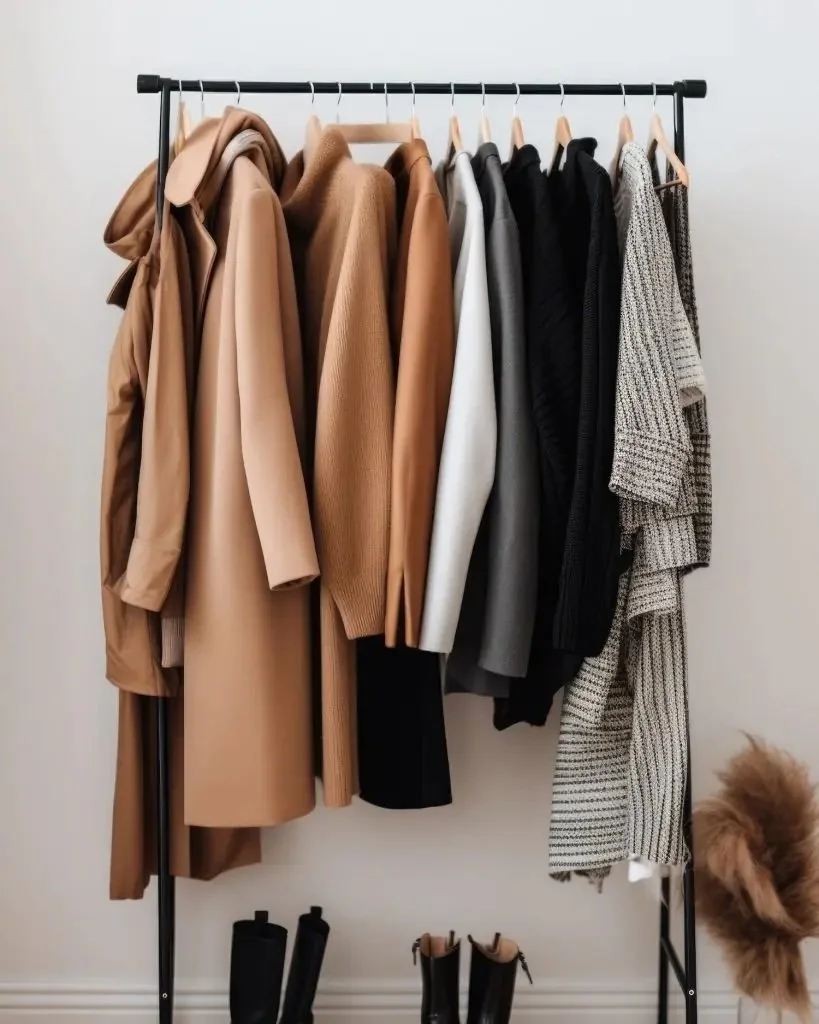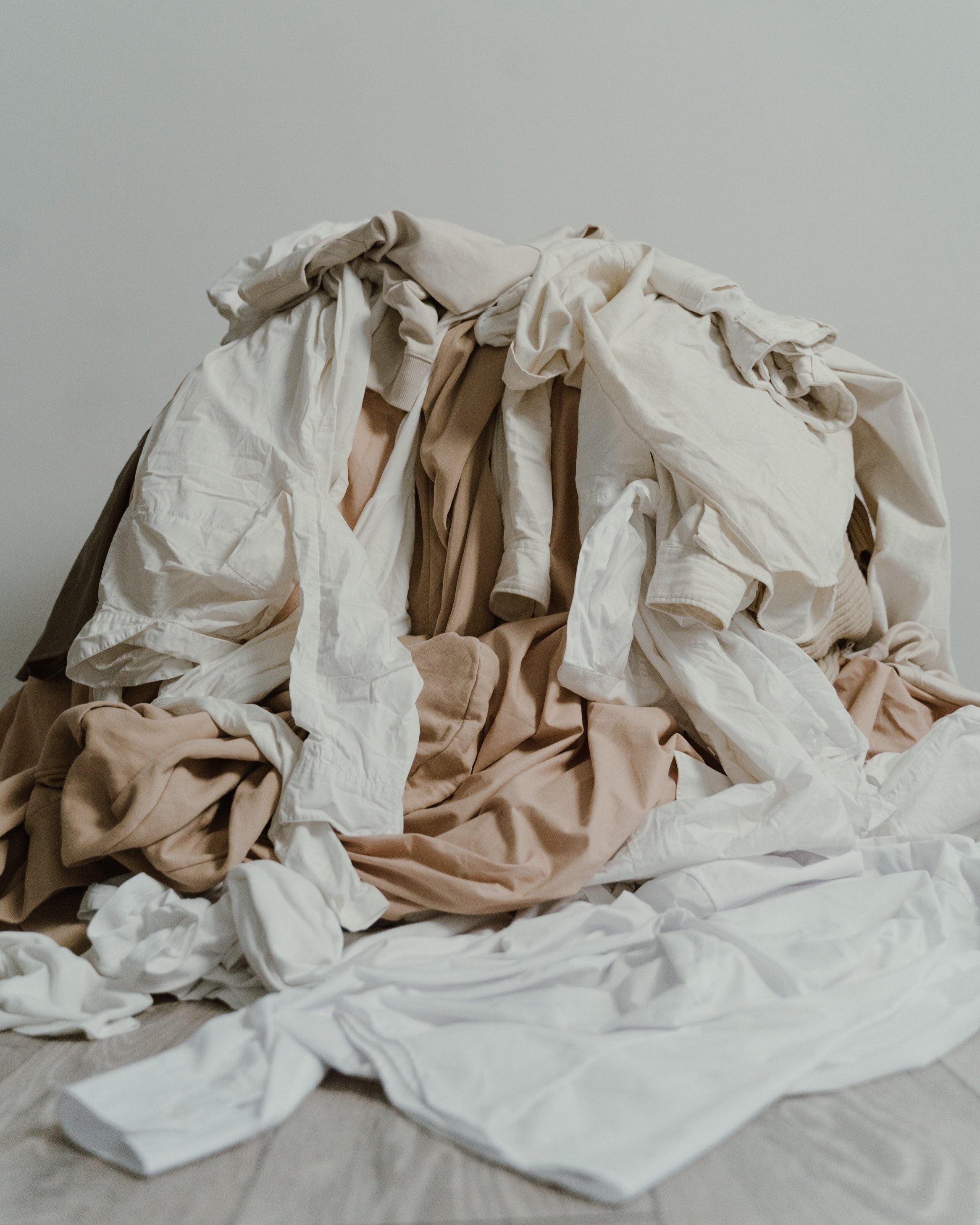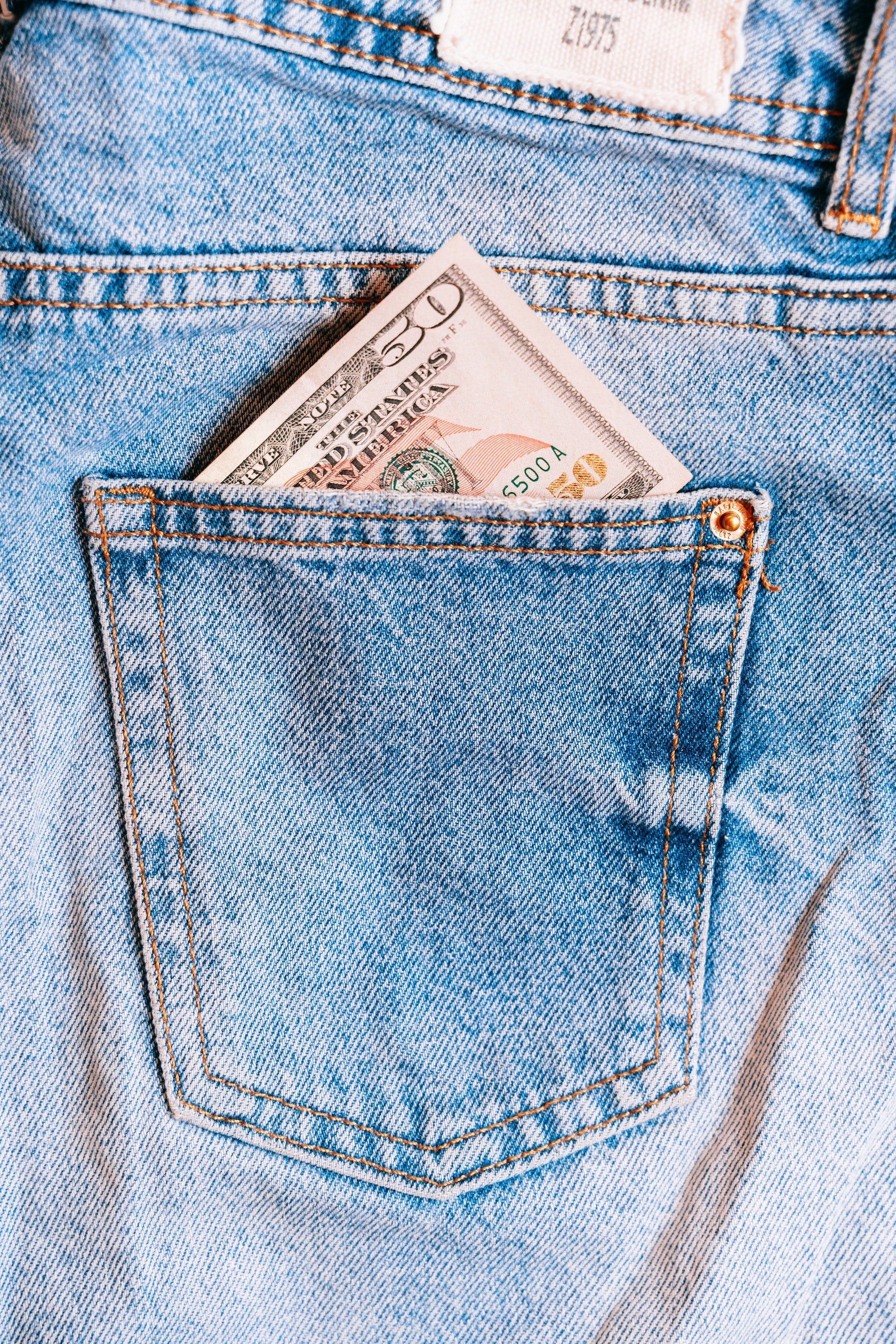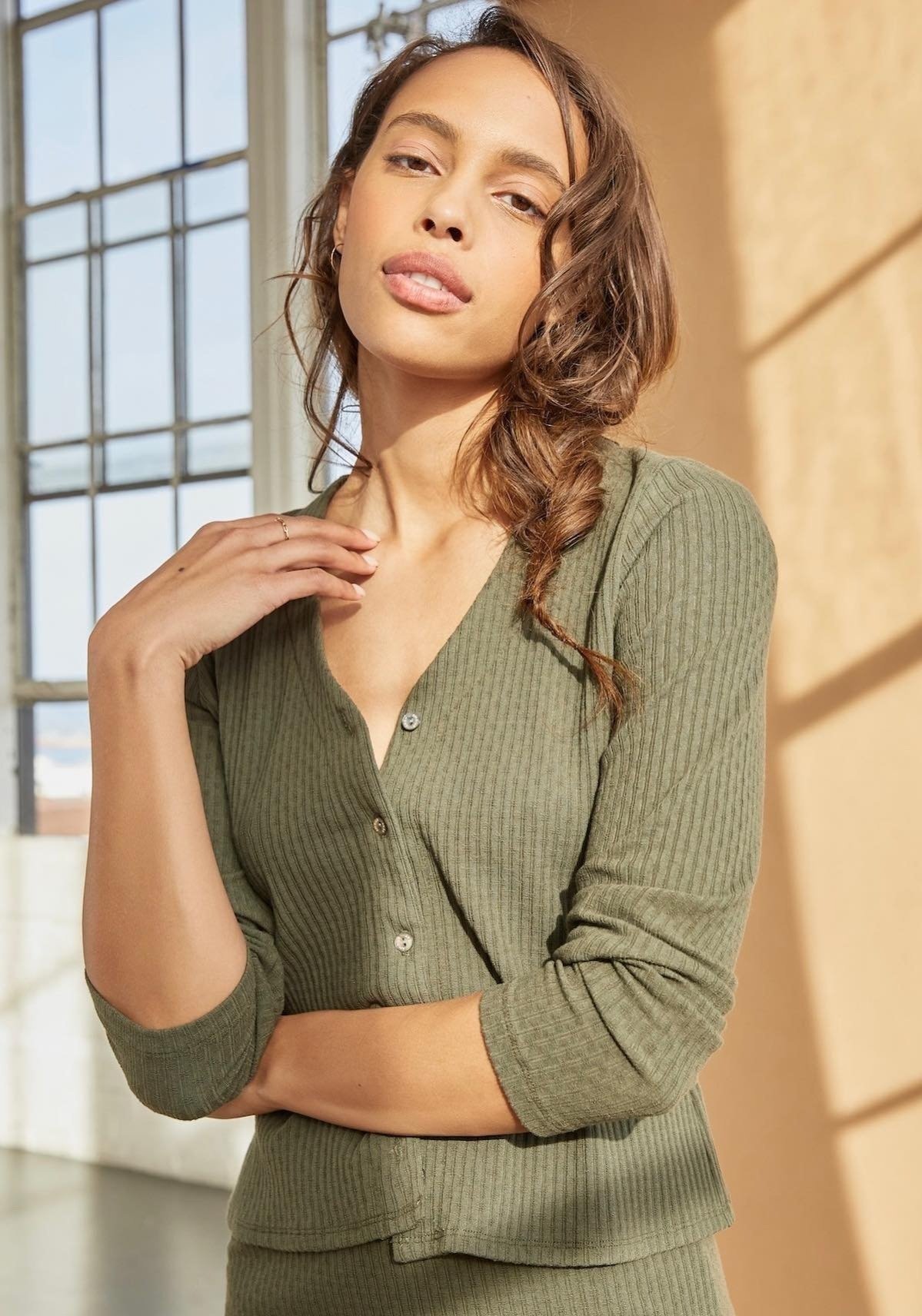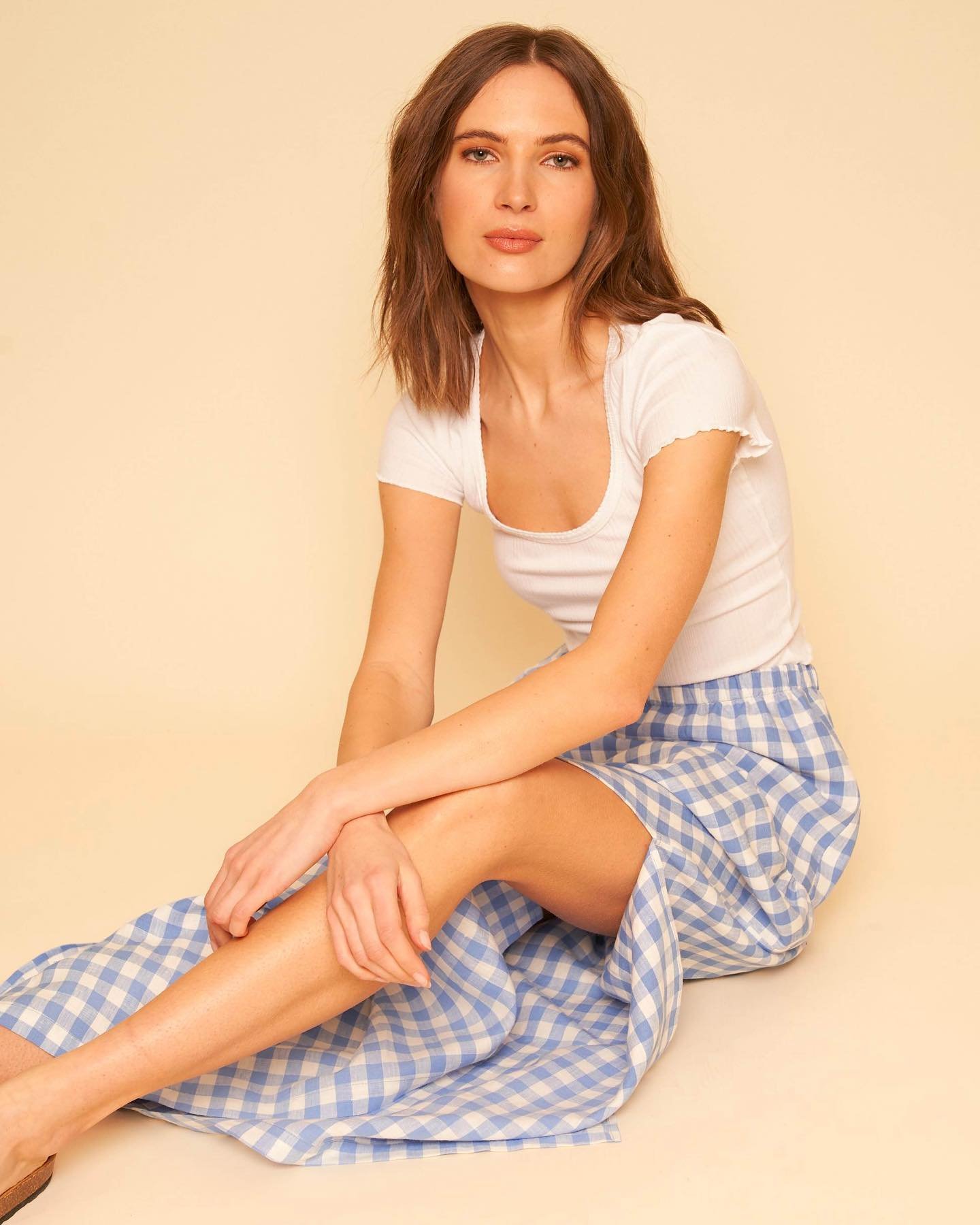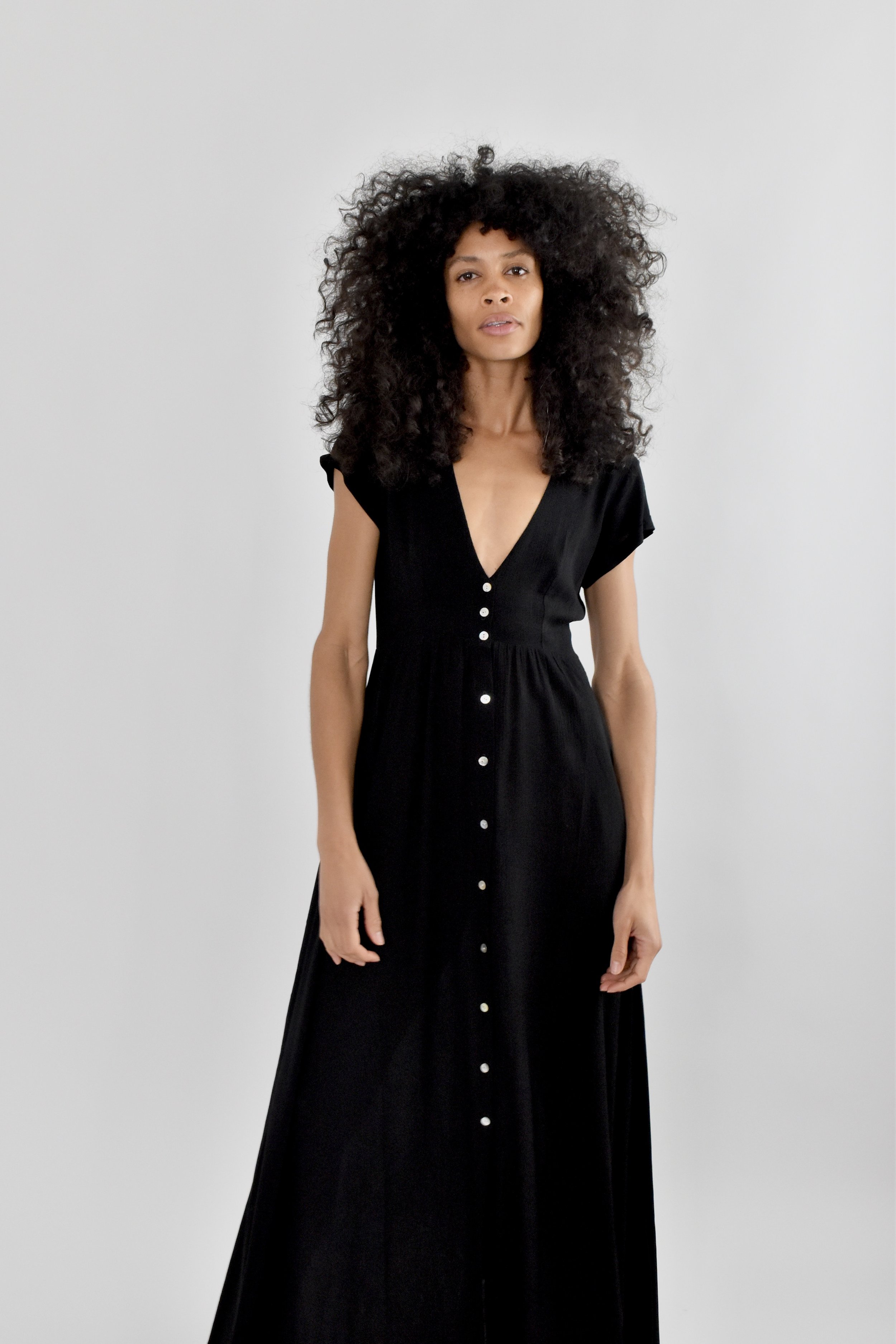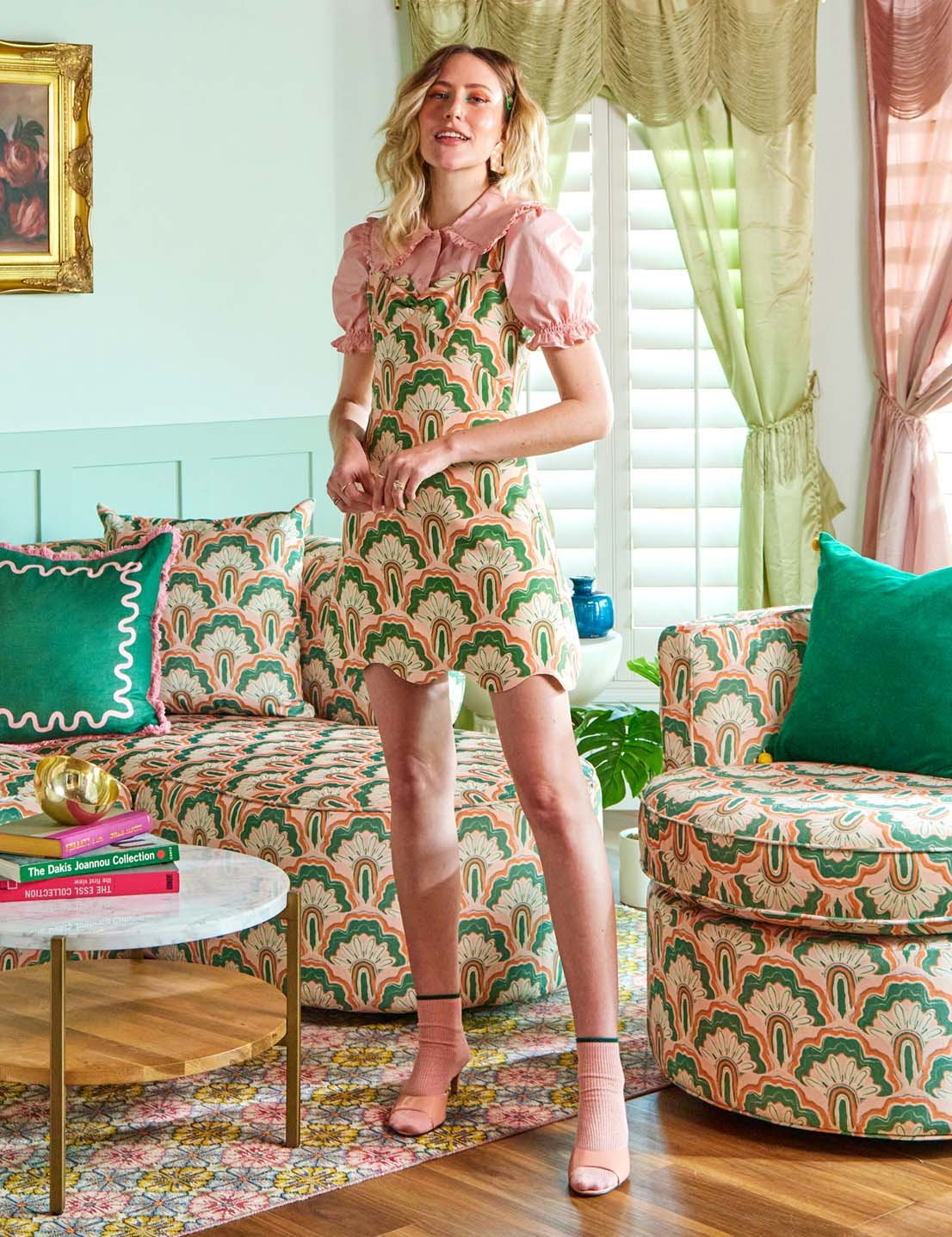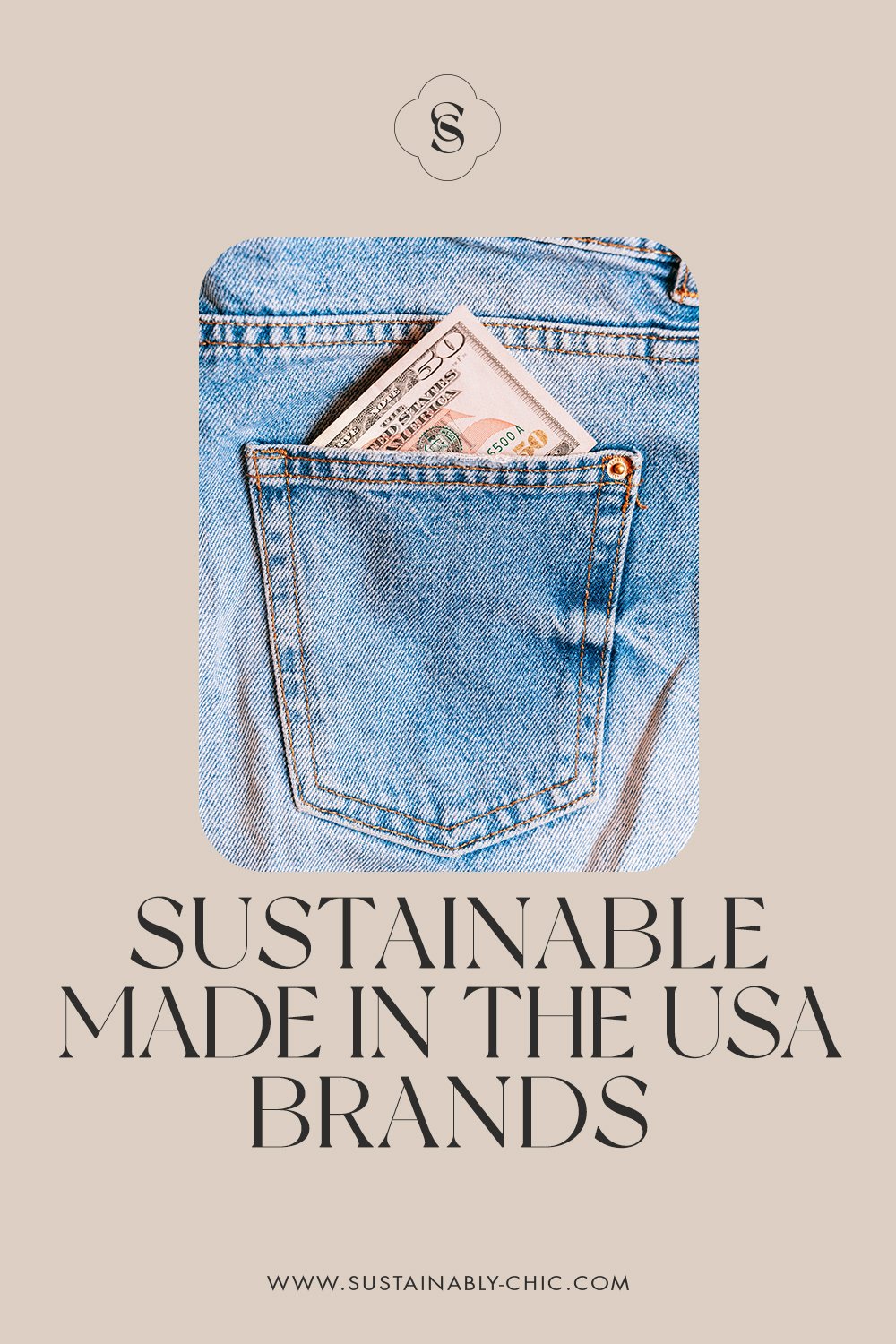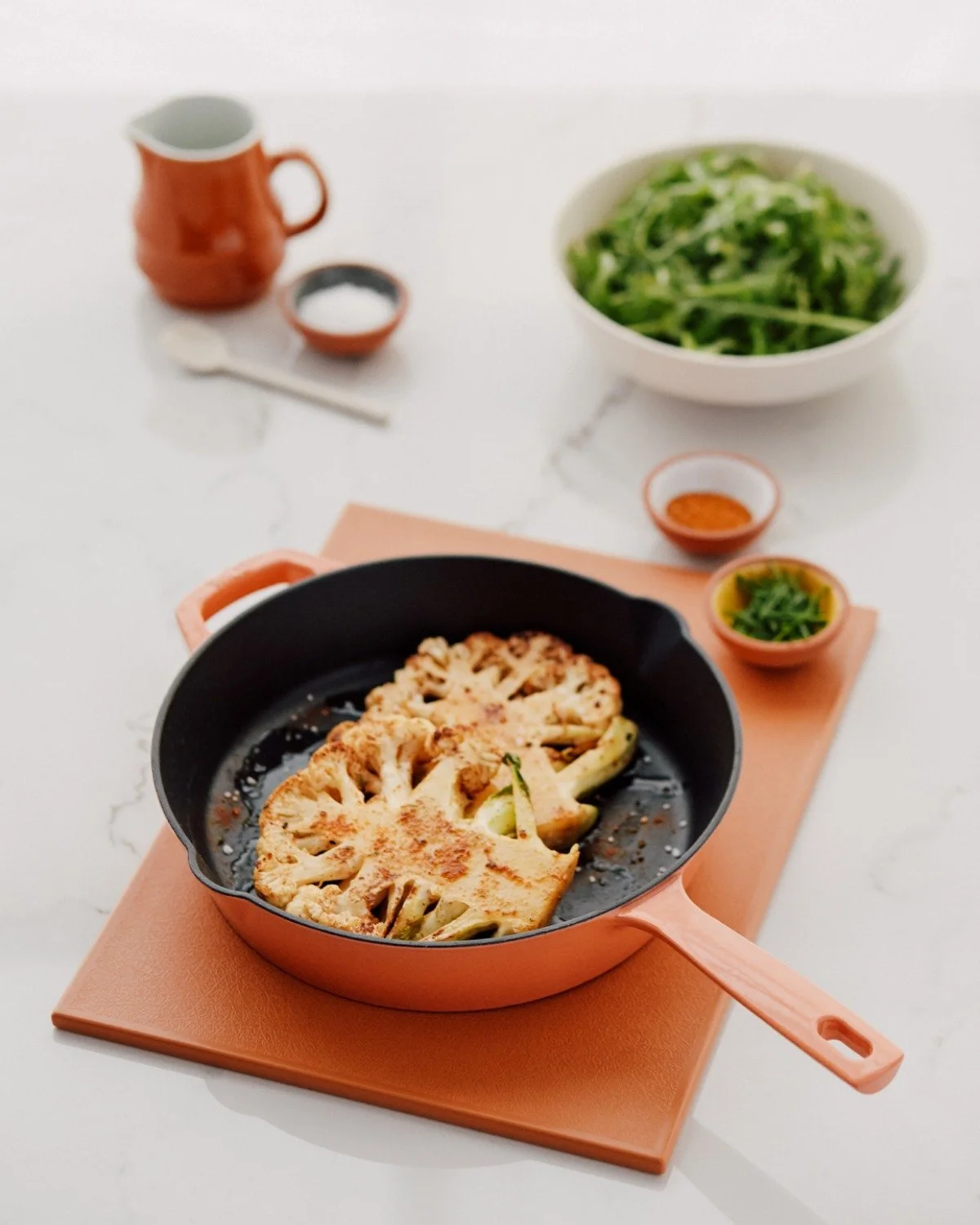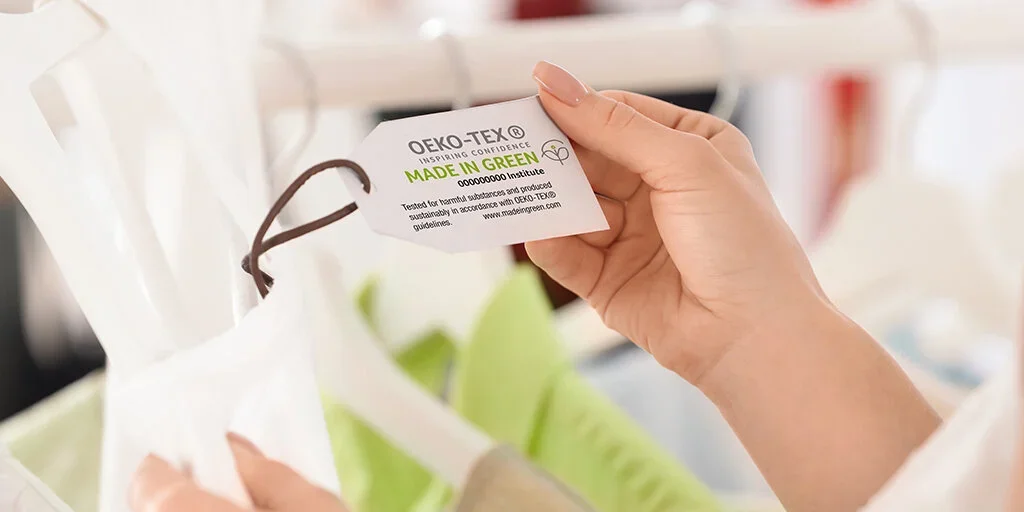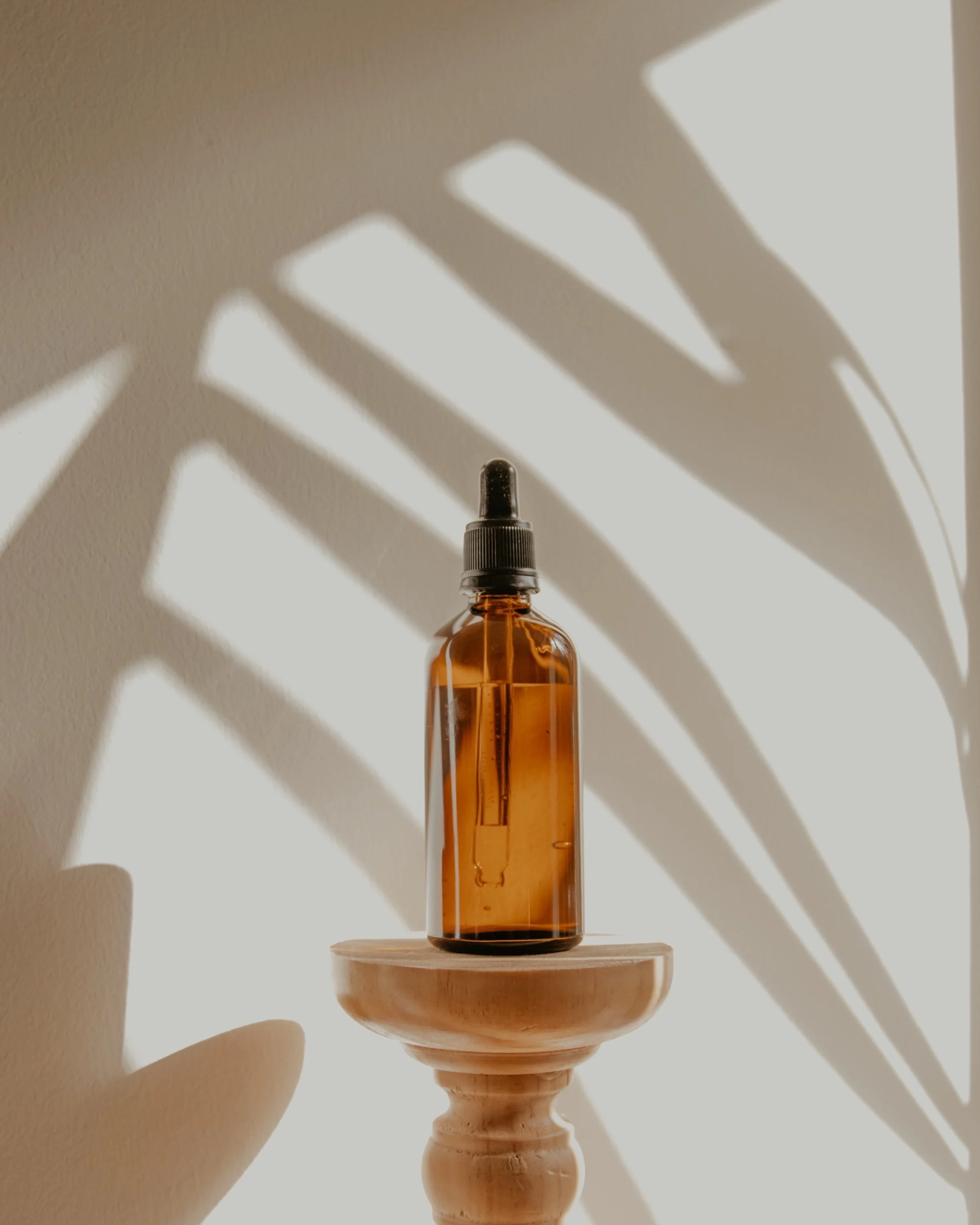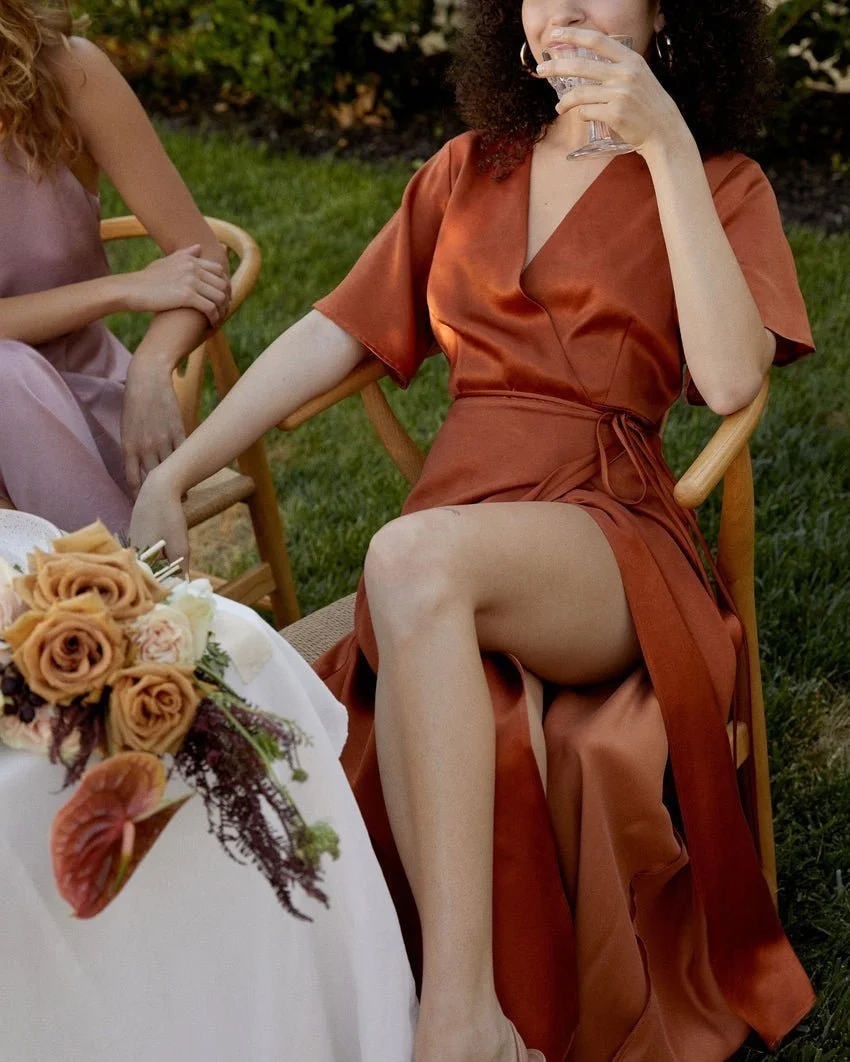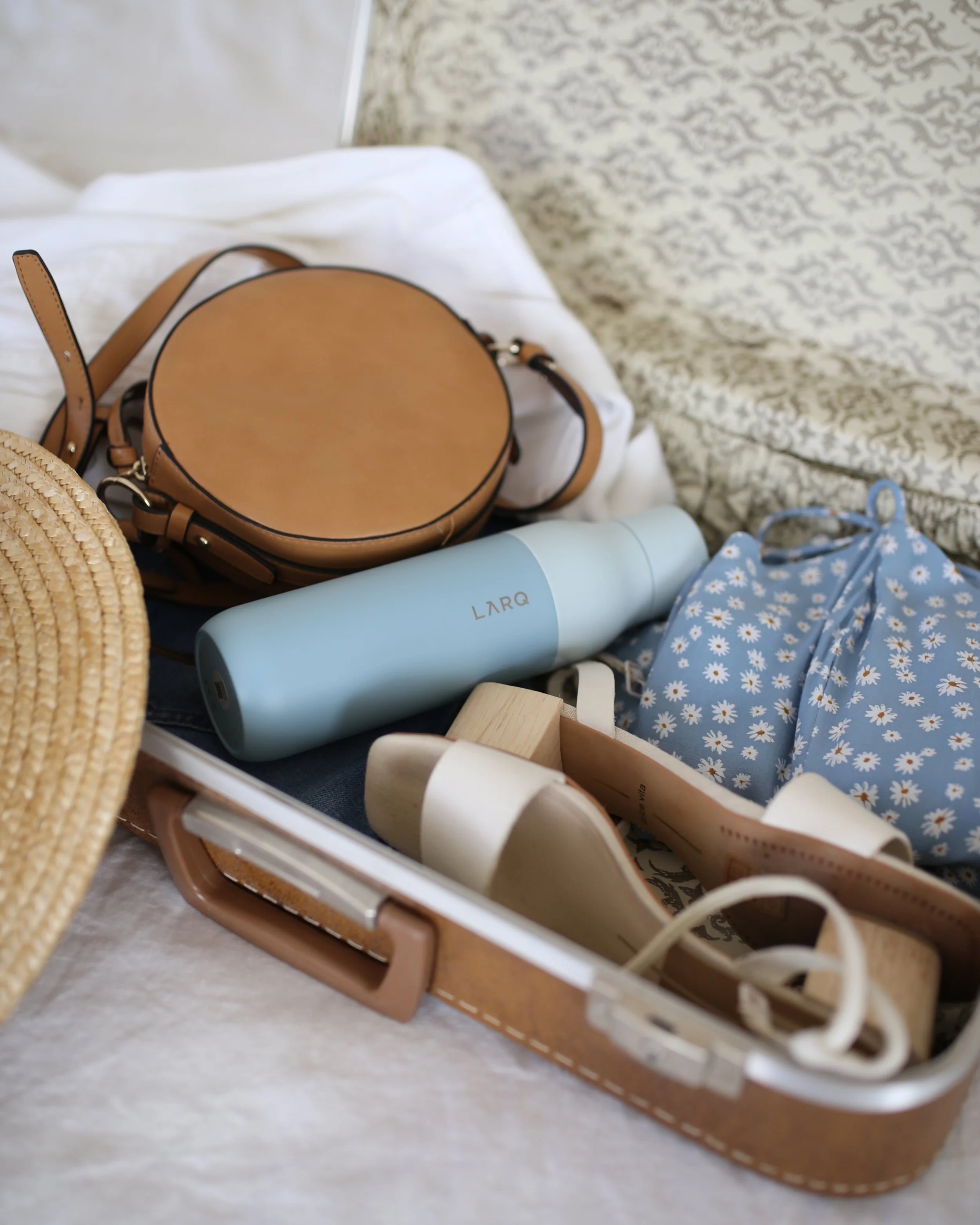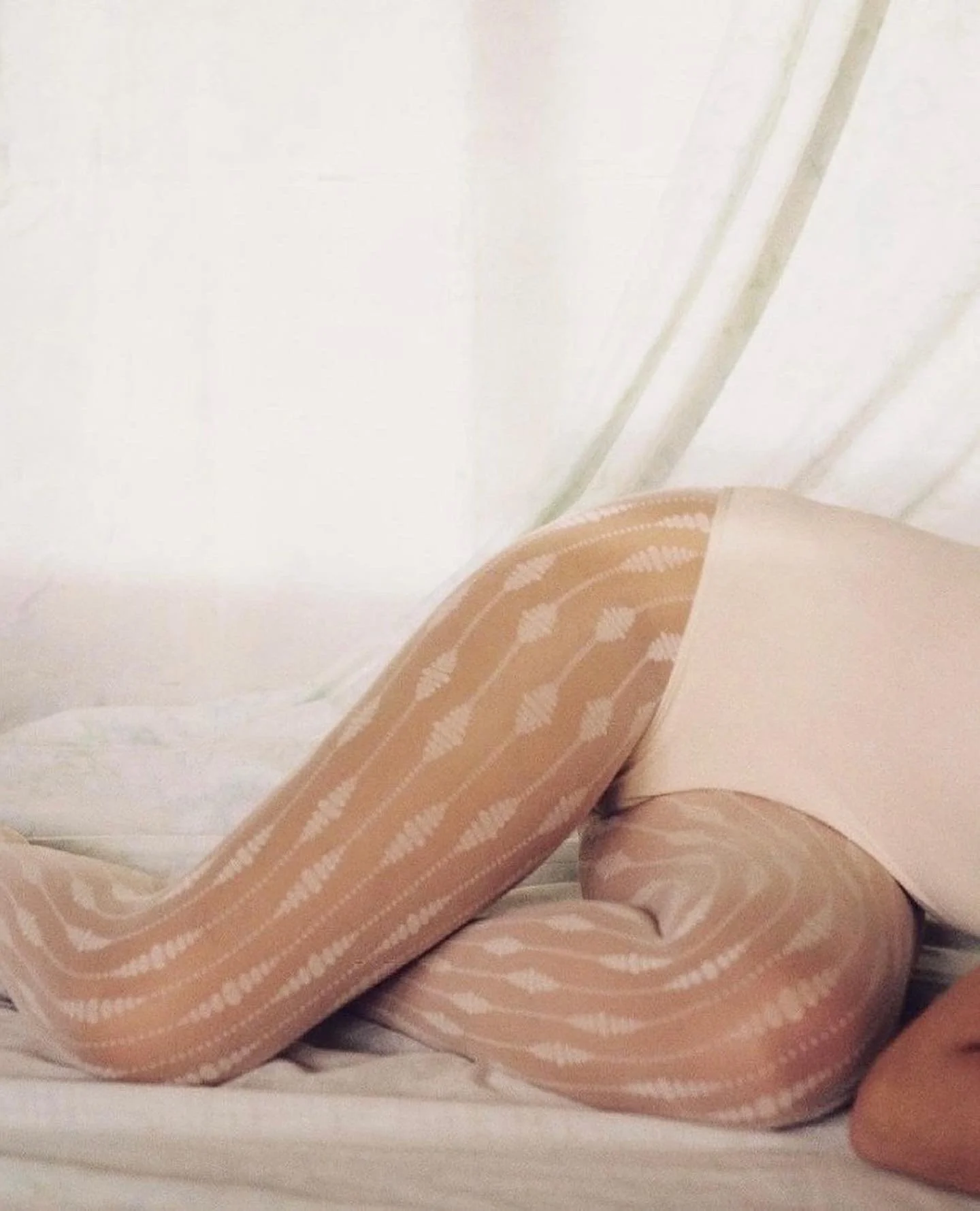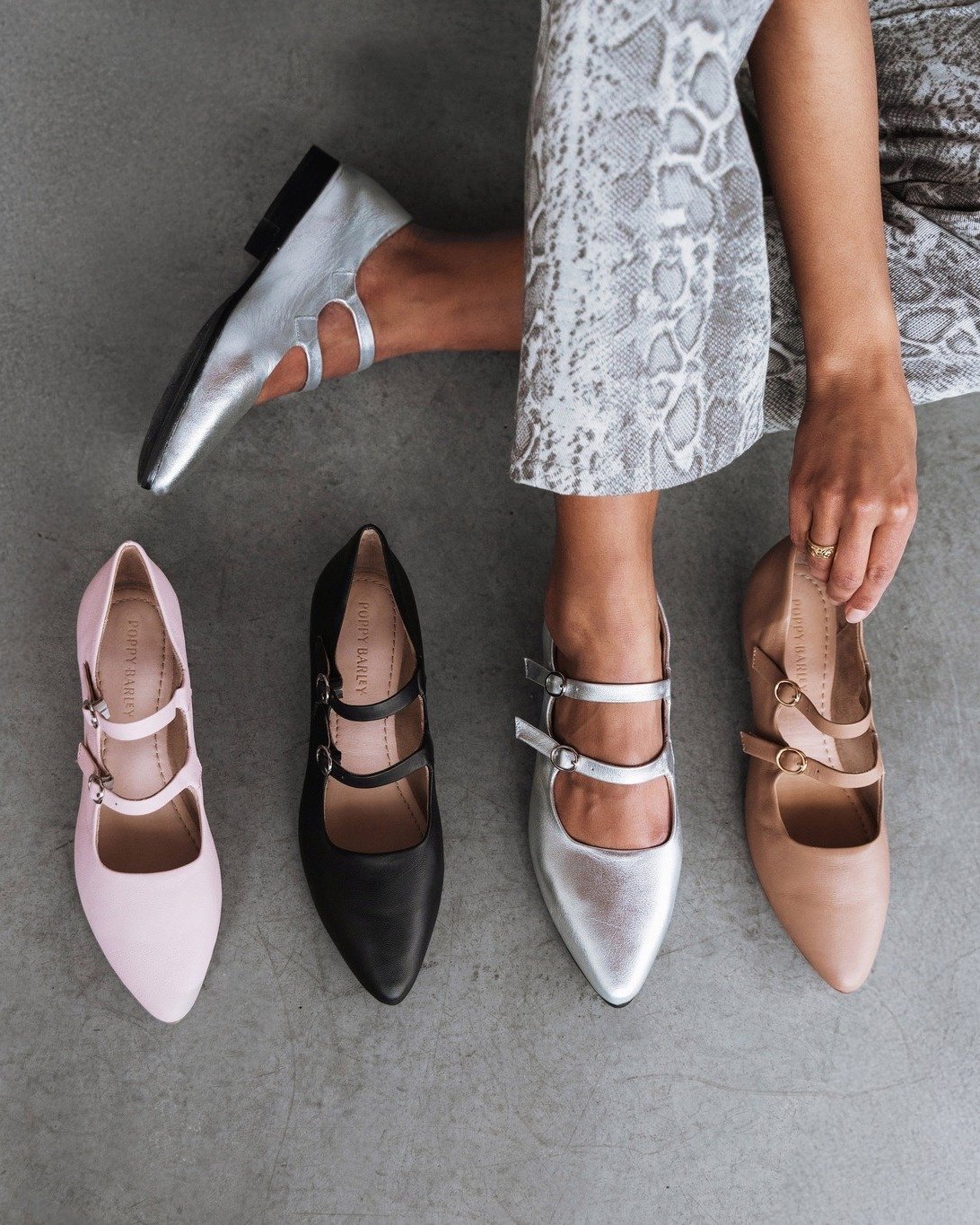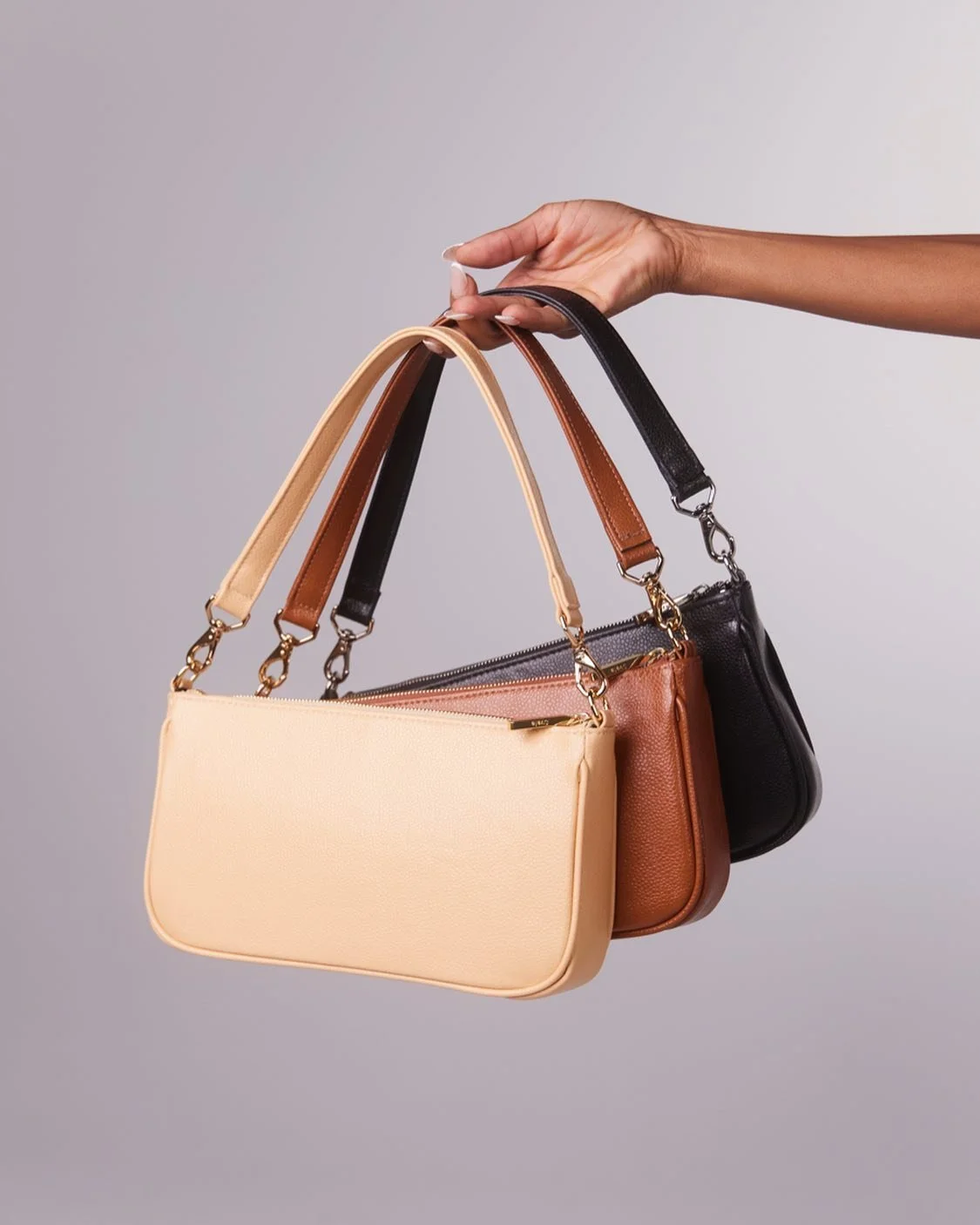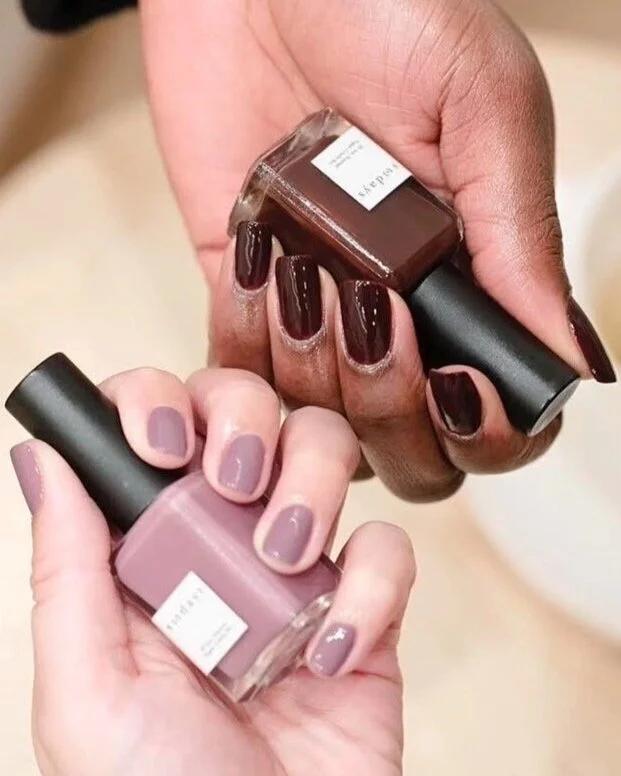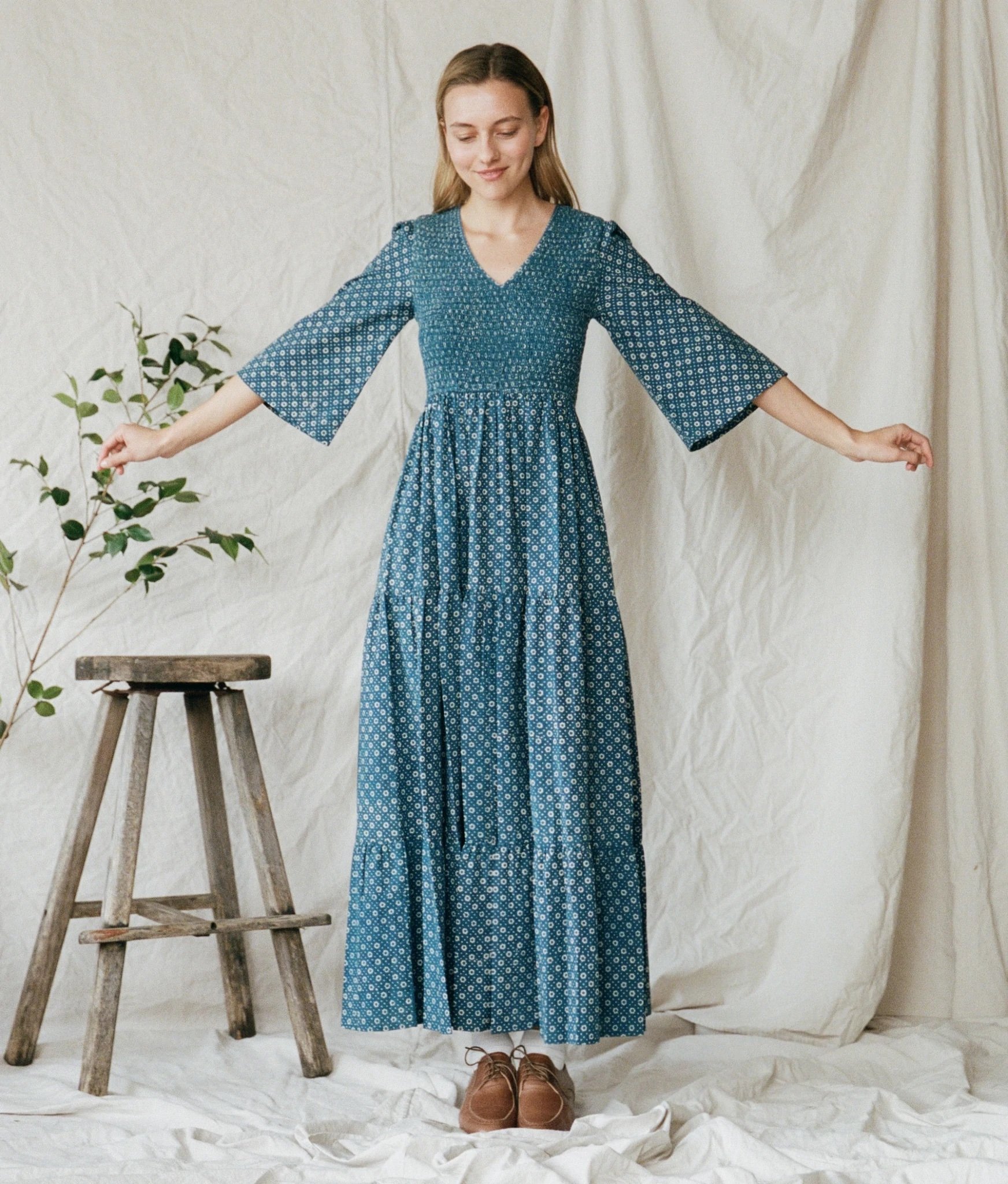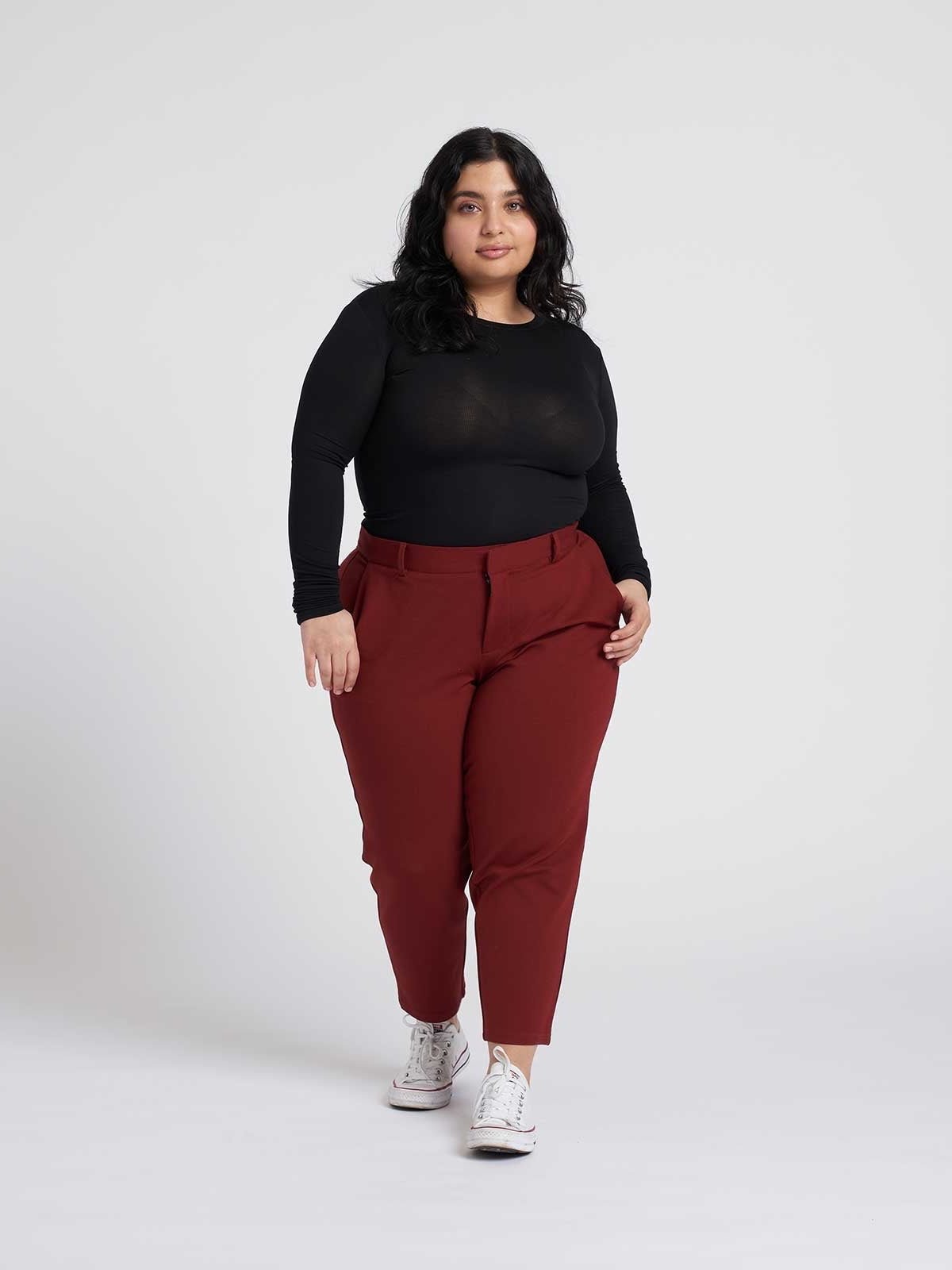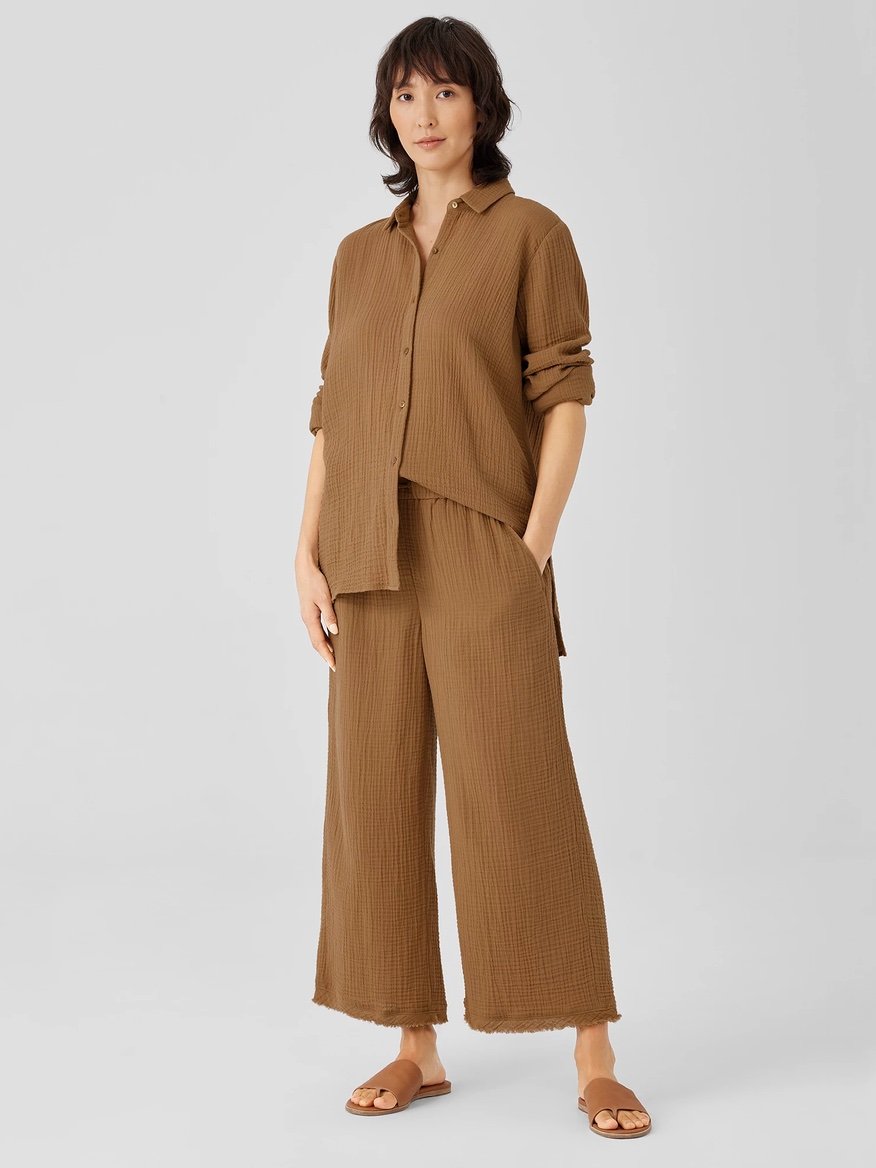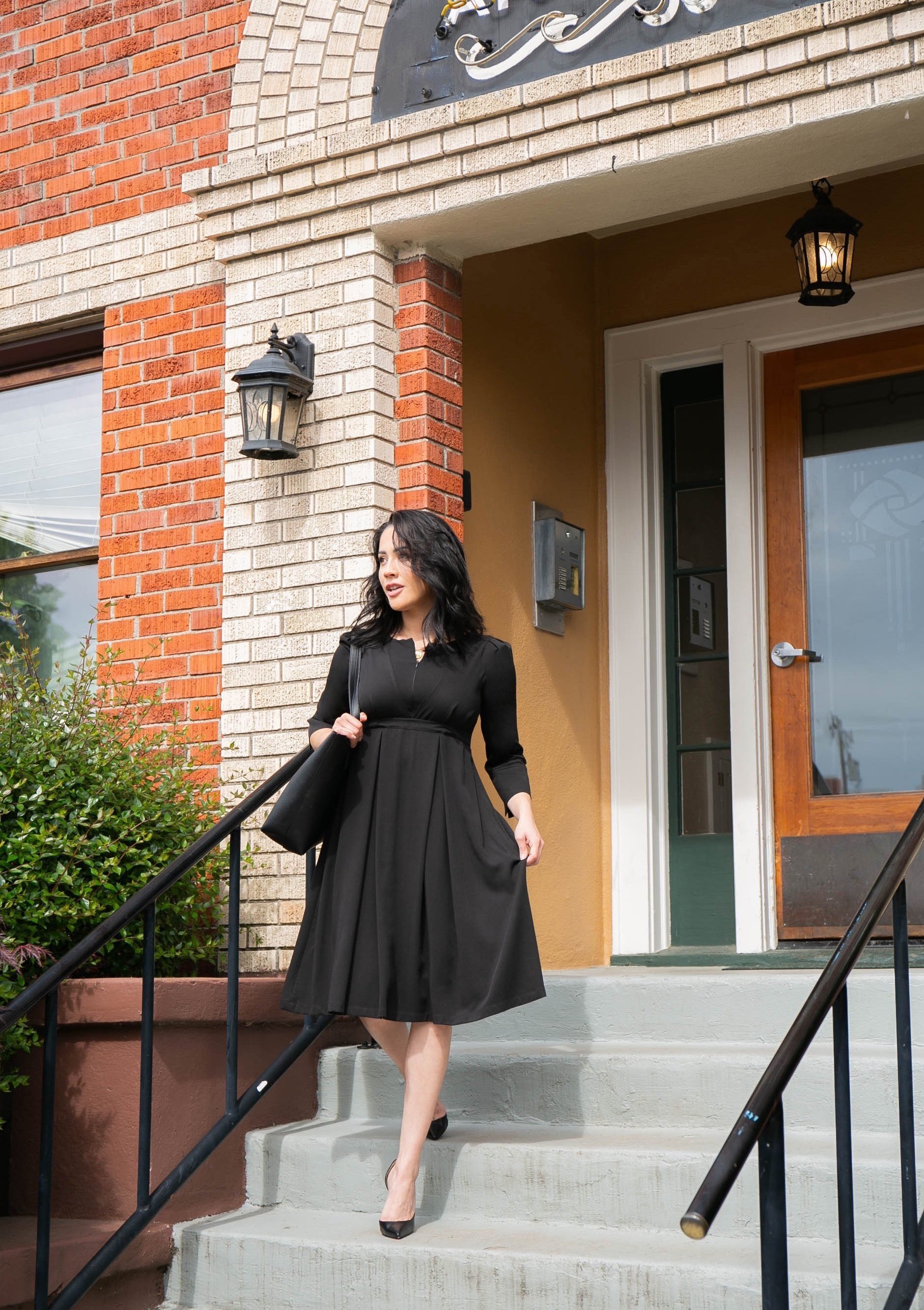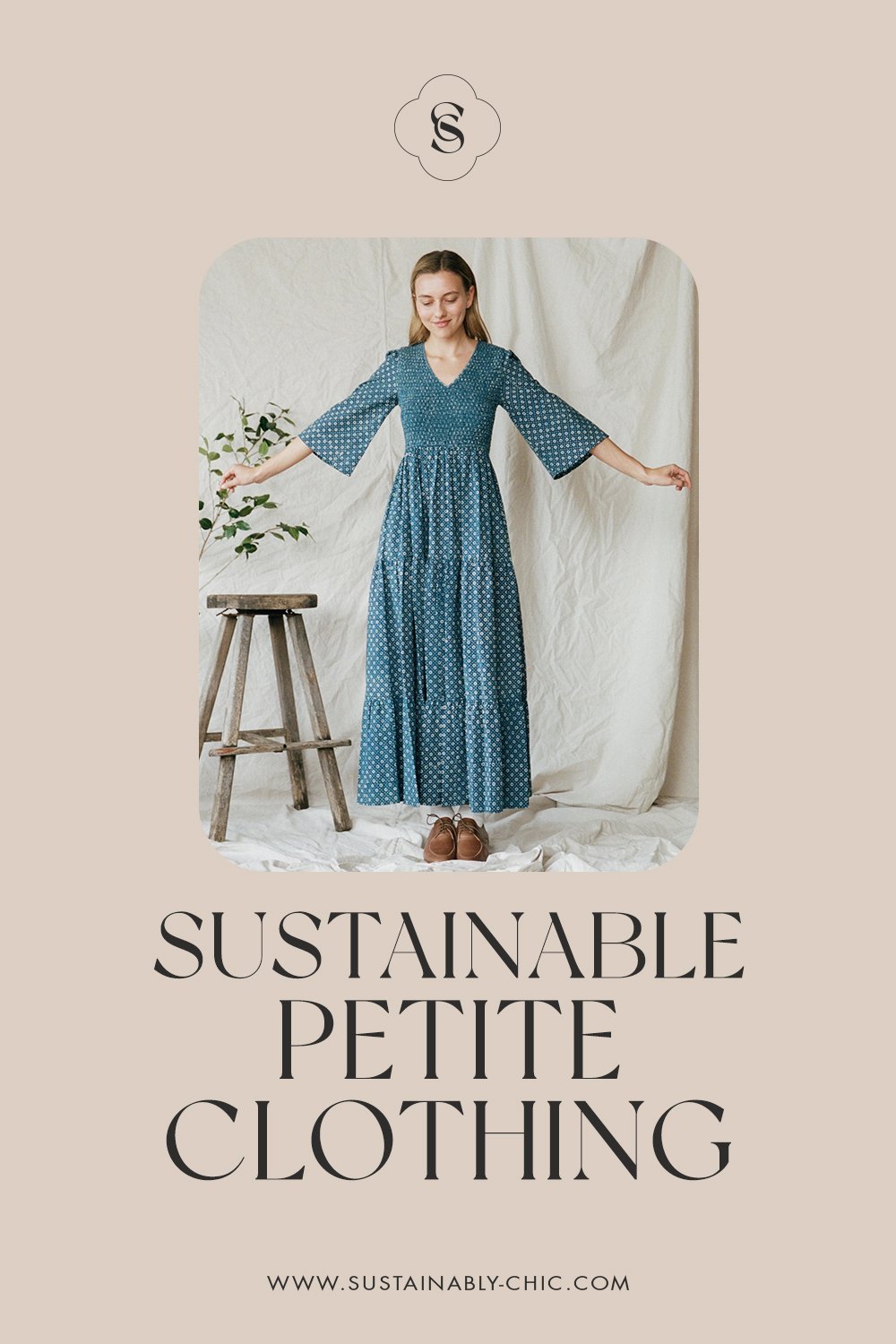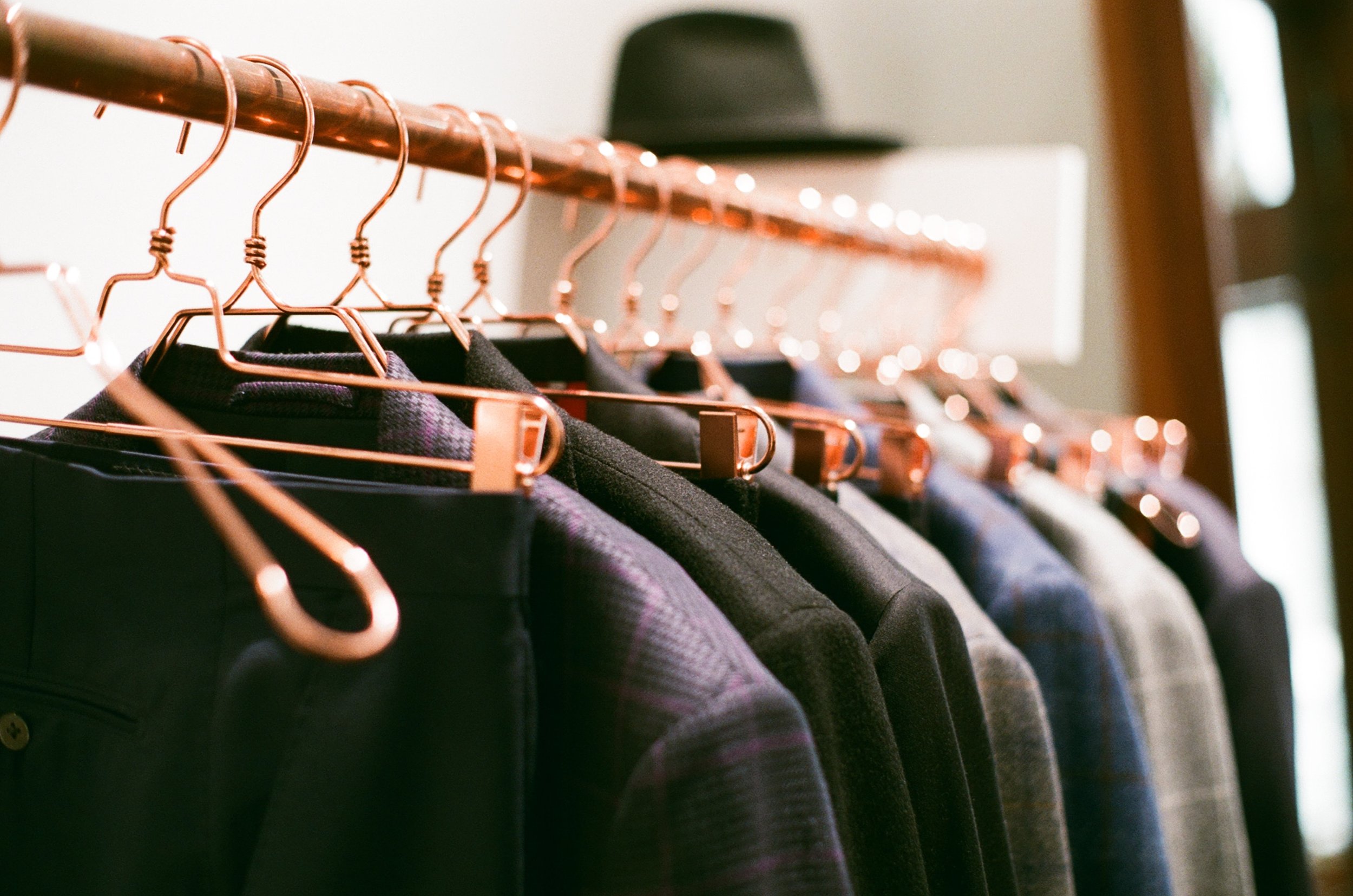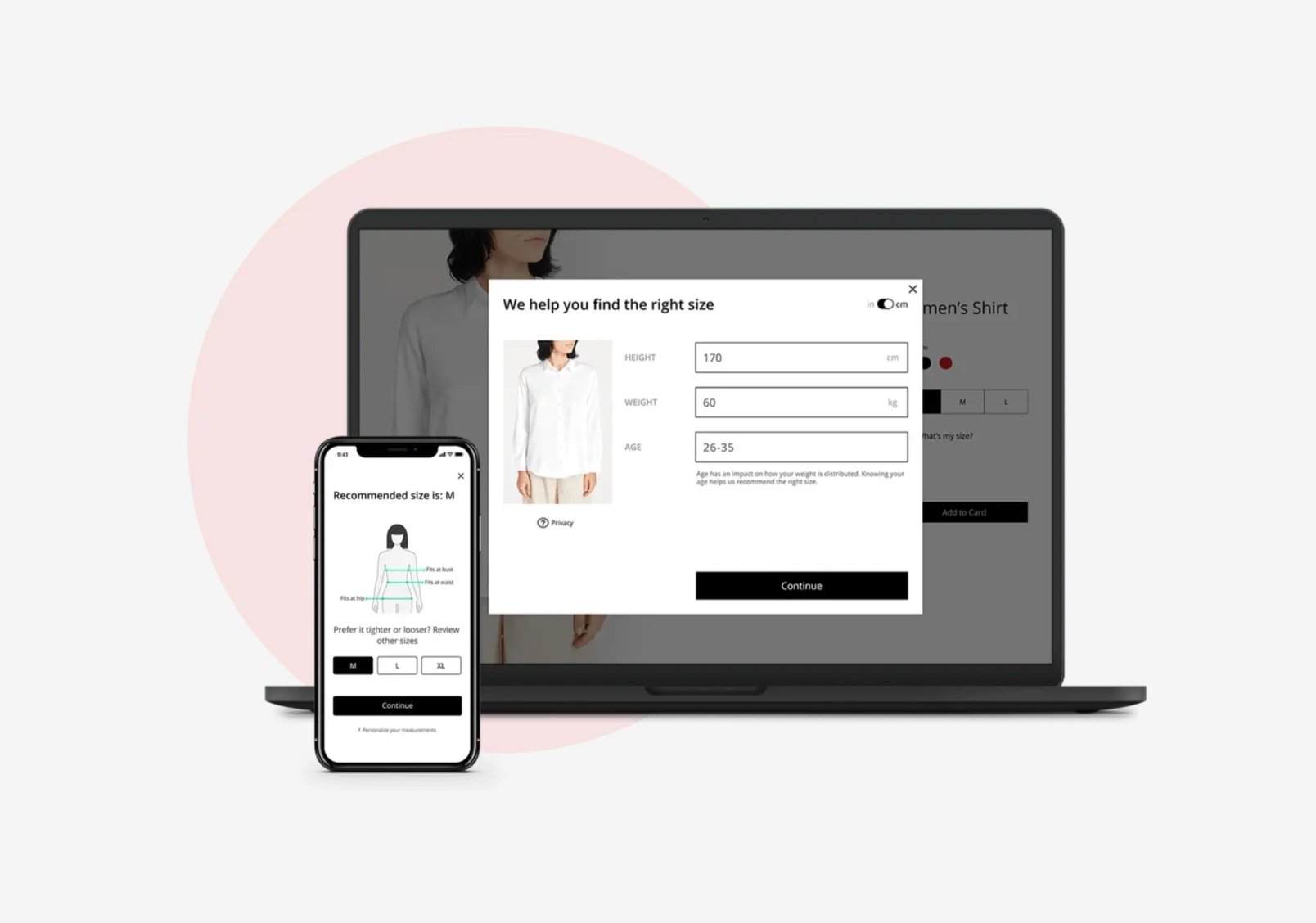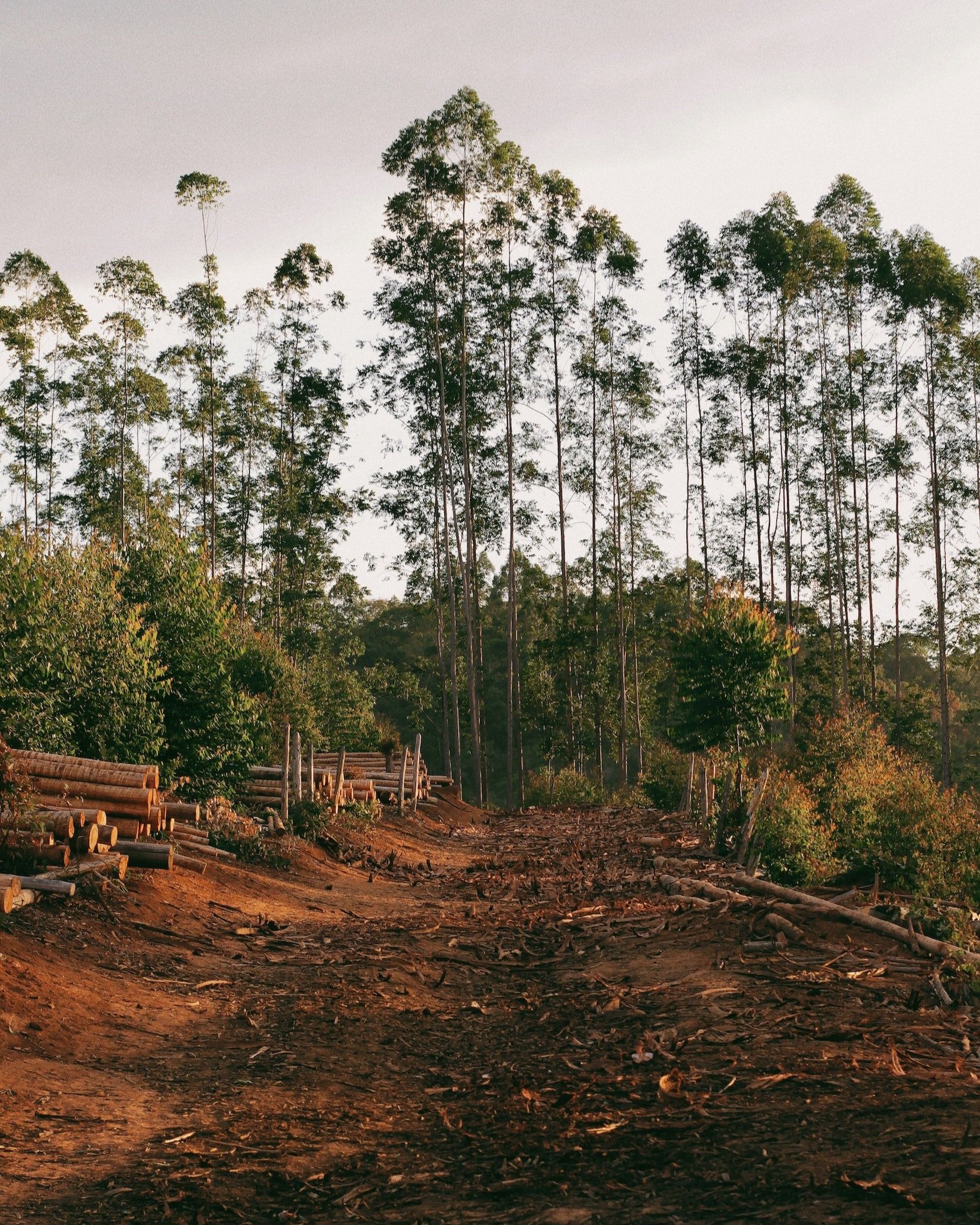6 Designers Share What It Takes to Run a Positive Impact Brand
I’m always curious what it takes behind-the-scenes to create a brand rooted in positive values that still makes enough money to be a viable, even successful, business. As a consumer it’s easy to demand perfection from brands (while also, somewhat ironically, wanting lower prices), but if we’re too disconnected from what it takes to make clothes at scale and run a real business, we run the risk of undermining good progress in our pursuit of perfection. Having spoken with many designers over the years, I’ve realized just how complicated running a sustainable or positive impact fashion business is, and I think it’s important to have a good understanding of—and healthy respect for—the nuances of the process.
The fact is, these businesses aren’t charities, and they have to make enough money to survive and thrive. If we want to work towards lasting change in the fashion industry and beyond, we have to find ways to create sustainable business models that work for everyone involved, from the planet and people at the bottom of the supply chain, to the founders and designers at the top—not to mention us, their customers.
I spoke to four founders of thoughtful fashion brands who generously agreed to share their experience of the tensions inherent in running a sustainable business that is financially viable for everyone involved. Their insights can help us, as consumers, know what to keep an eye out for when looking into the ethics of a brand, what questions to ask, and how to ask them.
Rebekah Murray, Founder, Virginia Dare Dress Company
What did you learn about the ethics of making clothing behind-the-scenes when you started Virginia Dare Dress Company?
Rebekah: I learned how much of our closet is made by a person, and how few people realize that. I talk to so many people who had always assumed robots or machines made our clothes!
What do you wish conscious consumers knew about what it takes to run a positive impact business?
Rebekah: I wish they had more understanding for how difficult it is to be a sustainable business when trying to do things better. It’s easy to make requests or demands for how things are done, but if [consumers are] not willing en masse to pay the extra percentage [on the clothing price tag] that those changes incur, the business itself is not sustainable.
That’s been my goal from the beginning—learn how to build a sustainable business model and do the best I can to ensure quality, fair labor and ethical business practices. But it’s so difficult to do any of these things well. A smaller brand (even using cheap labor) has much higher costs because we can’t source fabric or supplies in as large quantities, so we have higher costs on multiple fronts making our profitability more difficult.
Do you have any tips to help consumers spot greenwashing and navigate making sustainable choices when purchasing new clothing?
Rebekah: Asking where things are made and what involvement the brand has with their production is a good place to start. And just noticing what they share about their manufacturing process.
But I encourage people to be respectful with these conversations—give your own reason for caring, instead of making it sound like an interrogation. I think brands can feel defensive when we feel policed by our customers, so making it a personal request and speaking to someone at the company is probably the best place to start.
I love knowing that some of my customers have convictions about only purchasing Made in USA, and I love getting to help direct them to the items that fit within their preferences.
I think finding a like-minded influencer or blogger is a good place to start, too. There are a lot of great people who have done the legwork to research brands and they can make it feel less daunting to know how to begin.
Dynasty Casanova, Founder, Dynasty George
What did you learn about the ethics of making clothing behind-the-scenes when you started Dynasty George?
Dynasty: I've been studying fashion design, draping, sewing, and pattern-making since I was in high school, so I knew all the time and effort it took to make a garment. I think my biggest obstacle was finding ways to make my product and business both profitable and affordable. Most people don't realize all the time and effort it takes to make clothing from scratch. The pattern process alone takes hours because there are a lot of revisions that have to be made once the sample is sewn. That alone takes hours—even days at times—which doesn't go directly into the pricing. So I wanted to make an ethical brand but not necessarily charge couture prices for my clothing.
My "eureka!" moment was when I found a system that worked best for me. I went from making different garments, dresses, skirts, tops, creating through hundreds of drapes and patterns to focusing on one dress style and recreating it in different deadstock fabrics. This allowed me to really perfect the fit of that one dress style and grade it to different sizes. It was when my business really started to flow and make a profit.
What do you wish conscious consumers knew about what it takes to run a positive impact business?
Dynasty: They should know that big corporations run on a billion dollar budget which allows them to buy over 500,000 units of one shirt, one color, and priced at 1 cent each. This is not an exaggeration: after shipping, duties, and packaging, a t-shirt or blouse in the fast fashion industry is priced at five times above its cost in order to make a profit. Therefore a $5 shirt costs around 1 cent to be manufactured, and for a factory to promise 500,000 units of an item for the price of 1 -10 cents each, they need cheap and expedited labor. This leads to factories hiring kids, abusing women (mostly) to work 80 hours a week to make sure the factory itself makes a profit. It's a long line of people trying to make money and gain the most profit possible.
When a business is small, that alone is more sustainable in terms of not making 500,00 units of one product and the large scale of production these big billion dollar businesses have. As an ethical business, there's so much I take in consideration, like the livelihood of the people who make my clothing and how to reduce waste.
Textile waste is another problem with fast fashion companies, as they over produce textiles and clothing and throw away whatever doesn't sell. I try to eliminate that problem by purchasing deadstock fabric, the fabric they're throwing away to reuse to make new garments. I also work with a small family-owned factory in India that I'm in constant communication with. They're a husband and wife team with many male and female employers, who work with skilled artisans in their industry. Working with a family helps me pay them fairly, and the money exchange rate (the USD versus the INR) is so fast that I can pay them well and still make affordable clothing under $400 a unit.
Do you have any tips to help consumers spot greenwashing and navigate making sustainable choices when purchasing new clothing?
Dynasty: I'm still learning to spot these red flags myself. For clothing specifically I would say that it’s important to be realistic about the company. H&M could use organic cotton and still throw 100,000 units of organic cotton into our landfills; it's still not sustainable. I think it’s hard for super huge corporations to be ethical or sustainable because you need a big profit margin to grow and scale a business to that magnitude. Supporting small businesses will always be the best answer.
Jessica Townsend, Designer and Founder, House of Flint
What did you learn about the ethics of making clothing behind-the-scenes when you started House of Flint?
Jessica: I started House of Flint whilst studying for my masters degree, so there was a lot of research involved in many areas. I know I wanted to create sustainable and ethical clothing but I found there were so many different aspects to explore within this. It wasn't just a case of sewing the pieces myself and choosing the right fabrics—there are design features that can be the difference between something staying in your wardrobe or heading out the door; a life cycle of a garment to consider; packaging to think about, and so much more.
What do you wish conscious consumers knew about what it takes to run a positive impact business?
Jessica: I think a big problem with those still on the fast fashion track is that they struggle to justify the price difference because they don't see the bigger picture. Fashion has become a quick decision to many, and something that can be replaced at the drop of a hat precisely because it is so cheap. But those on that path will generally end up spending more in the long run.
Sustainable and ethical clothing is more expensive, but it is intended to be worn time and time again to justify that. It is a purchase that must be more considered due to the price tag, but fashion should be considered to ensure that it is something you will wear and enjoy, and also that enjoyment does not come at somebody else's expense.
Do you have any tips to help consumers spot greenwashing and navigate making sustainable choices when purchasing new clothing?
Jessica: Brands that are making sustainable and ethical choices will not shy away from any questions you have in regards to where their garments are made, by who, or what fabrics they use. Look out for clear facts on this rather than paragraphs about sustainability that don't really give you any details. One detail I always look out for is how often they're releasing new products, and if they're encouraging you to buy something before it is gone every other week. Yes, we need to make sales to survive, but the bigger picture is important too, and asking our customers to spend spend spend is not the answer.
Catherine Huss, Founder and Creative Director, Siena & Co Swimwear
What did you learn about the ethics of making clothing behind-the-scenes when you started Siena & Co Swimwear?
Catherine: I thought it would be easy and possible to find partners to work with: factories who value transparency and ethical and sustainable practices, or all US-made materials.
I didn't expect so much pushback, or just straight up ignoring when requesting sustainable or ethical practices be looked into or enforced. So many in the fashion industry, and probably lots of industries, give the response "This is just how we do it, or how it's always been done" and coming in to rock the boat is not welcomed.
What do you wish conscious consumers knew about what it takes to run a positive impact business?
Catherine: In the production world, making more product = lower costs because when you make more of something, you can use the assembly line effect, and churn out lots of product in short amount of time, it's a very efficient model. However, if there's not enough demand for all the product being produced, that is all extra waste that can end up in a landfill. All the resources have been wasted (materials, time, energy, etc.).
A lot of conscious brands, including Siena and Co., choose to make fewer products to ensure as little waste as possible is produced, which means much higher cost of production and goods is incurred, which is then passed on to the consumer buying the goods. This is one of the many reasons sustainable products have a higher price tag.
Do you have any tips to help consumers spot greenwashing and navigate making sustainable choices when purchasing new clothing?
Catherine: I've found with clothing manufacturing, actions speak louder than words. Here are some ways brands tell you by their actions how sustainable their efforts are:
How often do they come out with new designs/styles? Is it once or twice a year promoting high-quality construction and in-depth testing? Or is it more frequently than once per season, promoting inexpensive, low-quality manufacturing and frequent buying habits?
Are the styles timeless, evergreen and promote a capsule wardrobe? Or are the styles trendy, with only current colors and prints that will no longer be relevant in a season or two?
Slow fashion vs. Fast fashion: Does the marketing press and push sales and discounts with urgency and pressure to buy now? Or does the marketing help inform and teach the consumer about the goods and how they're made?
Do they have some type of recycling or re-sale model? One way a company can be sustainable beyond the materials they use is by promoting re-using, re-selling or re-cycling their products.
Rachel Faller, Co-Creator, tonlé
What did you learn about the ethics of making clothing behind-the-scenes when you started tonlé?
Rachel: I think the biggest surprise that keeps coming up again and again is how separate design and production are. As a maker myself, I always operated under the assumption (and I think a lot of customers do too) that making clothes is a big part of what brands do. I lived in a country for seven years that is primarily seen as a producing country for American and European fashion, and saw the impact of the fast fashion world through the perspective of makers.
On a very simple level, brands don't actually make clothes; factories, and the people who work in them, do. Brands are actually marketing houses that sell clothes. And those factories are not owned or operated by the brands, and in times of trouble, brands are also not responsible to make sure that factory workers are paid, it's the factory owners who have to do that. Because of this disconnect, the actual making of clothes is not a core part of what brands do. And that leads to all kinds of other disconnects.
This goes for both large and small brands alike. Sustainability work is not done by brands, it's done by factories and their workers. A lot of design work, fabric selection, figuring out the final details of how a garment is made, is not done by brands, it's done by factories. Yet, brands don't value the work that factories do, sometimes only paying them a price that represents two to five percent of the final garment's sale price. How is it possible that we've created a system where the actual product a brand is selling is so under-valued? And in a world where sustainability is supposedly a priority—and the sustainability work is actually done by a factory—also hugely under-valued?
What do you wish conscious consumers knew about what it takes to run a positive impact business?
Rachel: What differentiates tonlé is that we are both a brand and a manufacturer. Because of that, we are directly and soley responsible to make sure each person working on our products is paid a fair wage and receives good benefits and works in a kind and friendly and fun environment.
Our production, design, and marketing work together to figure out not only how to design clothes that work for and are good for our customers, but that are good for our team. It's a symbiotic relationship between our customers and our team, as it should be, rather than a one way street of extraction. We can only do this because we have a vertically integrated model. And that is far, far from the norm.
Do you have any tips to help consumers spot greenwashing and navigate making sustainable choices when purchasing new clothing?
Rachel: When brands (again remember who don't actually make clothes or do sustainability work) are the ones who get to tell the story—it's natural that this story would be distorted. I would like to see a world where more factory workers and owners and managers—the people making the clothes—get to tell the story of sustainability. It's their story to tell, since they are the ones doing the work. I'm honestly so tired of hearing from brands who are essentially taking the credit for the sustainability work their factory is doing. That is most brands from large to small.
My biggest red flag is seeing a brand who is not appropriately crediting their factory or supplier. Unless they are doing their own production like tonlé is (that's rare), they are heavily dependent on a supplier who is actually providing them product and potentially already had sustainability practices in place. If all a brand is doing is finding a great supplier and riding on their coattails, and not properly giving credit, that is a huge red flag to me.
In addition, saviorism language around buying from suppliers (like we are helping or empowering this or that marginalized group) is really problematic and usually is a sign of bigger problems in the supply chain too, even in smaller brands. It shows the brand or founder is not aware that this is a mutually beneficial relationship in which they are getting a valuable service. Making clothes, making beautiful and intricate designs, dying fabric, weaving, beading, etc. are skills that many so called "western" countries have lost. If a person is going to another country and using the skills and labor in that country and then setting themselves up as a savior rather than acknowledging and crediting properly that this is a relationship of mutual partnership, I've found that this is usually a sign that there is exploitation afoot.
I usually look at a brand's website to see how much information they are providing; are they providing clear and transparent information about how they are producing and with whom and where? How do they share profit across their supply chain? Is profit redistributed into the communities they work with? Not just paying a fair wage, but thinking about equity across the board? For example, a lot of brands are now showing pictures of makers but don't provide specifics, and to me that's not transparency. I'd like to know the factory and the people who are making products and the country where they are producing. How is the brand ensuring that at least the minimum standards for labor are being met? Are they thinking about the incentives they themselves are creating as a brand to make sure the supplier and it's workers are paid fairly? Are they analyzing their own behavior and how that affects the supply chain, rather than just using a compliance mindset to police "bad" suppliers? Those are some of the big picture things I'd be looking for.
In terms of contacting a brand to ask them these questions, make sure to see what's on their website first. As a person running a small brand, we do get hundreds of questions a week of things that are already on our website. And we won't be able to answer all of them, which is why we've taken so much time to put those things on our website. But, if you do go through the website and blog posts and you still don't see answers to key questions, of course, reach out and ask.
We try to be as open as possible, but these are complicated questions, and we can't always provide a quick answer so please try to be kind and mindful of that. My first priority is always my team, and of course we want to provide the best information and services to our customers, but not at the expense of prioritizing taking care of our people internally first.
Tracy Reese, Founder, Hope for Flowers
What do you wish conscious consumers knew about what it takes to run a positive impact business?
Tracy: Consumers should know the importance of investing in good quality, mindfully designed, responsibly produced items that can be worn with pleasure and confidence time and again.The human cost of fast fashion and the fact that most items of clothing that are very inexpensive are indicators human rights abuse along the supply chain should make it repugnant to anyone who values human dignity.
What did you learn about the ethics of making clothing behind-the-scenes when you started Hope for Flowers?
Tracy: That creating a desirable product is just as important as creating a responsibly designed product. We have to be aware of both of these imperatives throughout the design process. The end product must excite the consumer and serve a purpose in their lives and wardrobes.
About the Author
Sophie Caldecott is a freelance writer living in a cottage on the edge of the moor in the South-West of England. She writes about grief, empathy, ethical fashion, and the things that connect us and make us human. You’ll most likely find her cozied up by the fire with a mug of hot chocolate and a good book.
MAKE SURE TO PIN THE PHOTO BELOW TO SAVE THIS POST FOR LATER!
WANT MORE SUSTAINABLE BRANDS? VISIT OUR BRAND DIRECTORY!
Our Brand Directory is home to hundreds of sustainable brands, from makeup to cleaning supplies, from underwear to shoes. We have broken everything down by category for easy shopping, along with discount codes unique to Sustainably Chic viewers.














